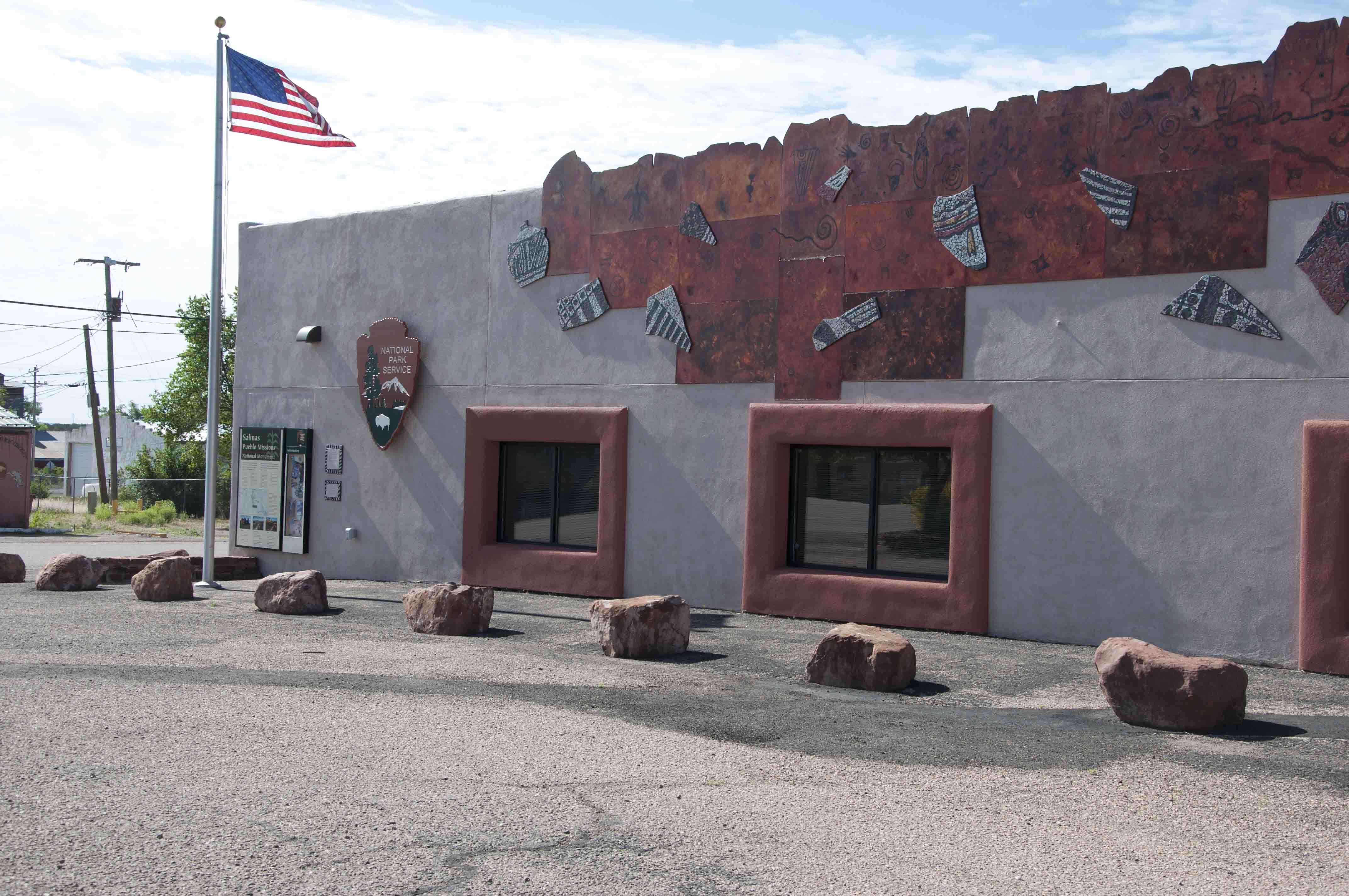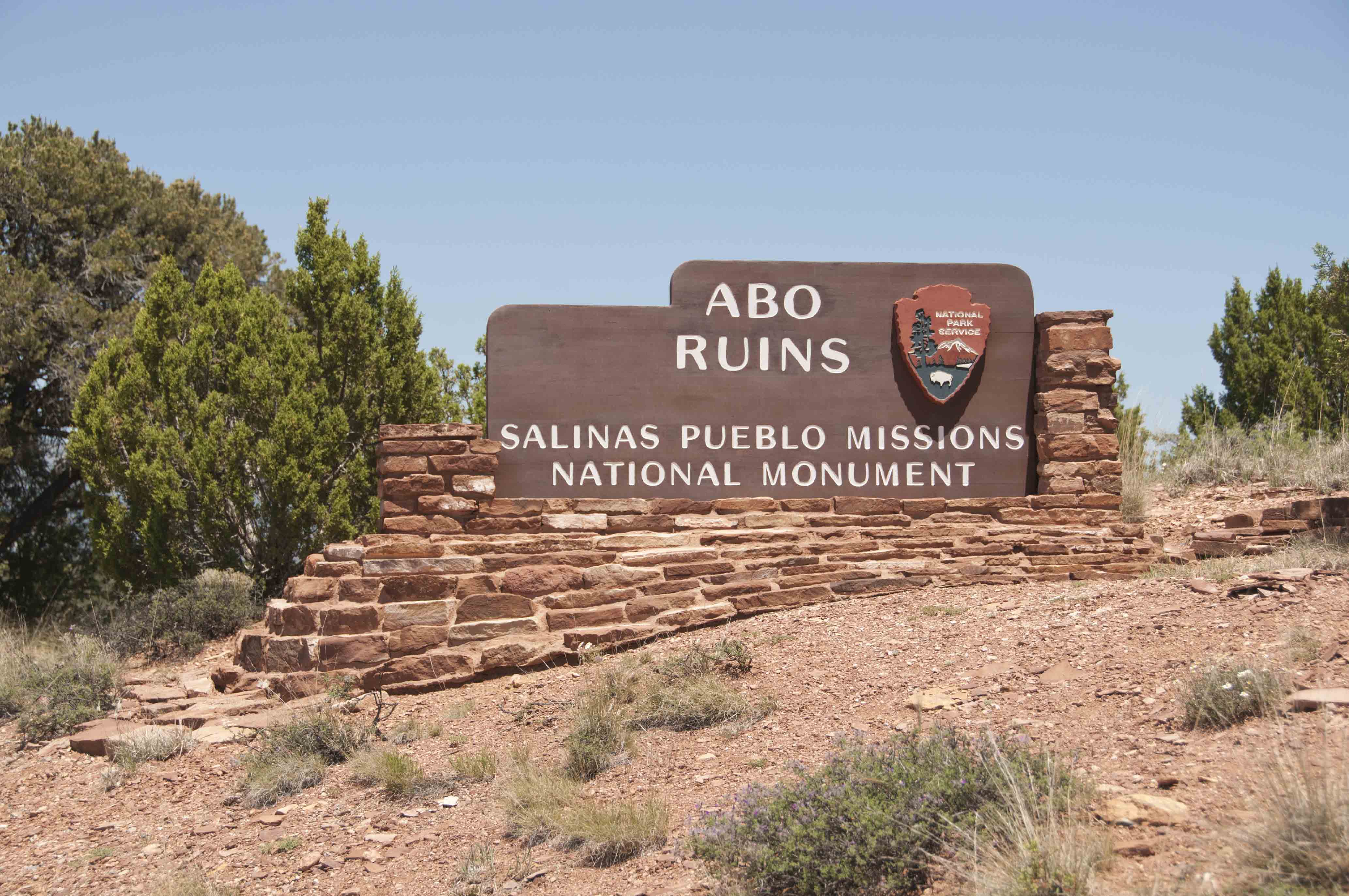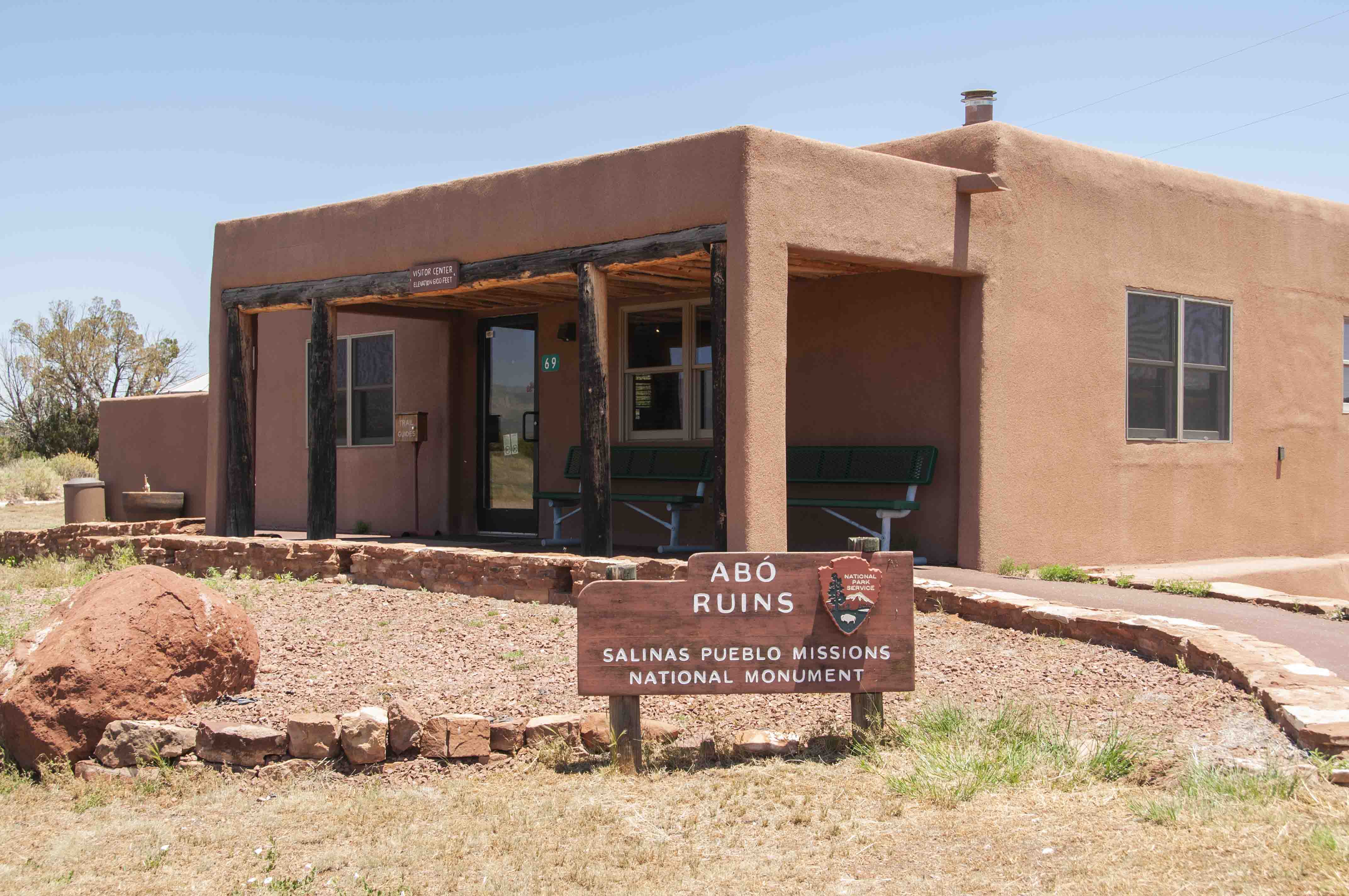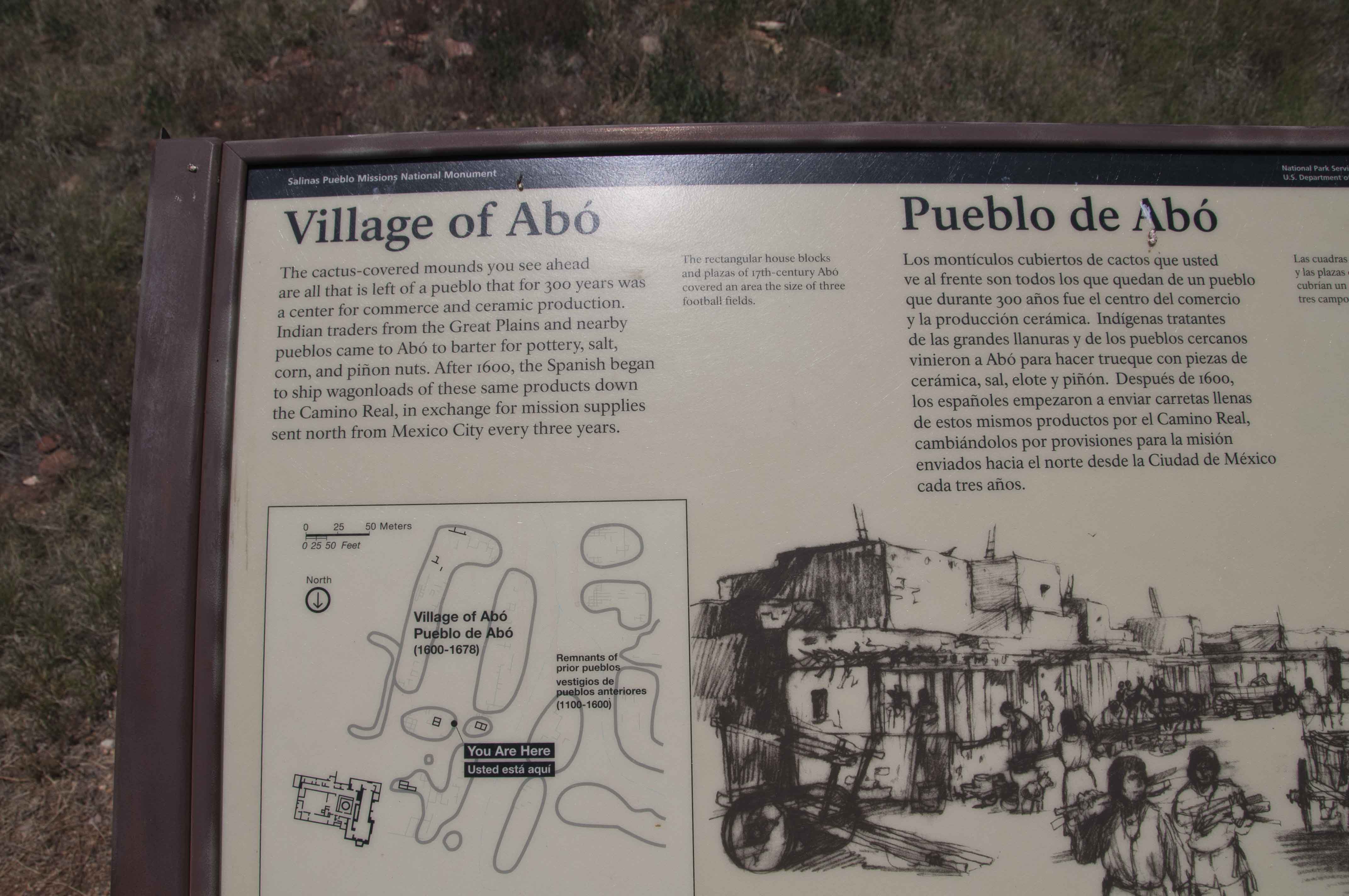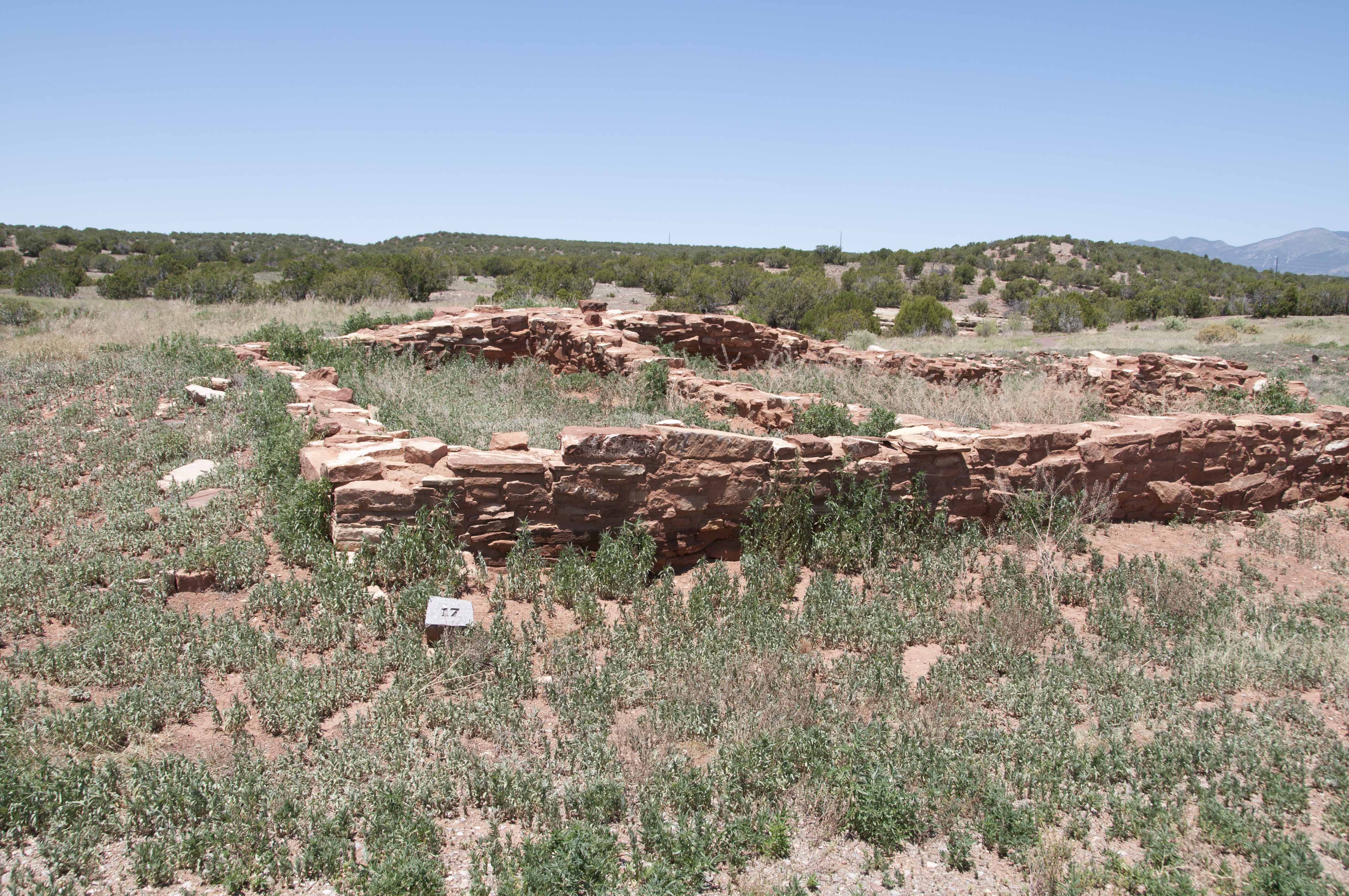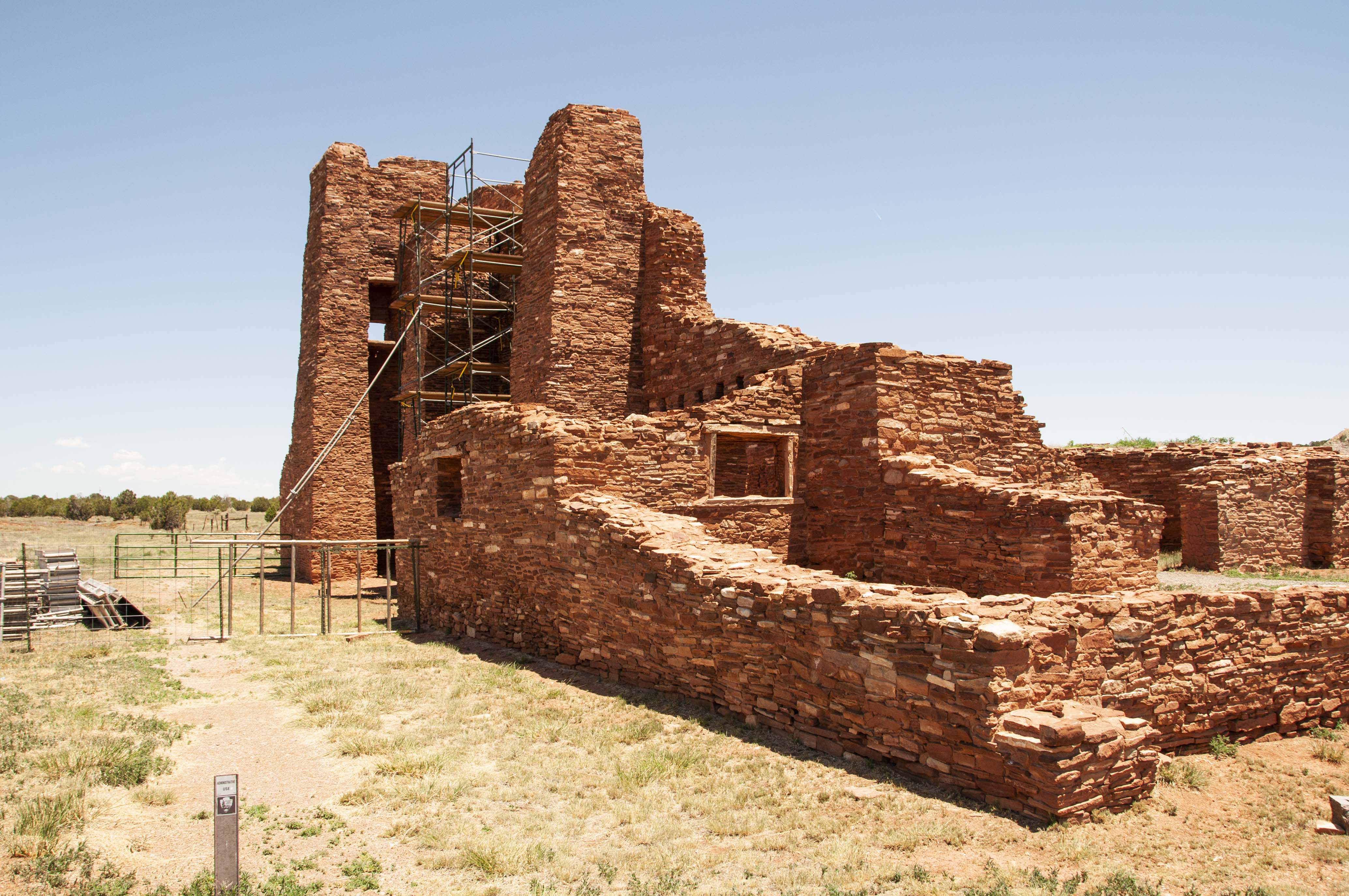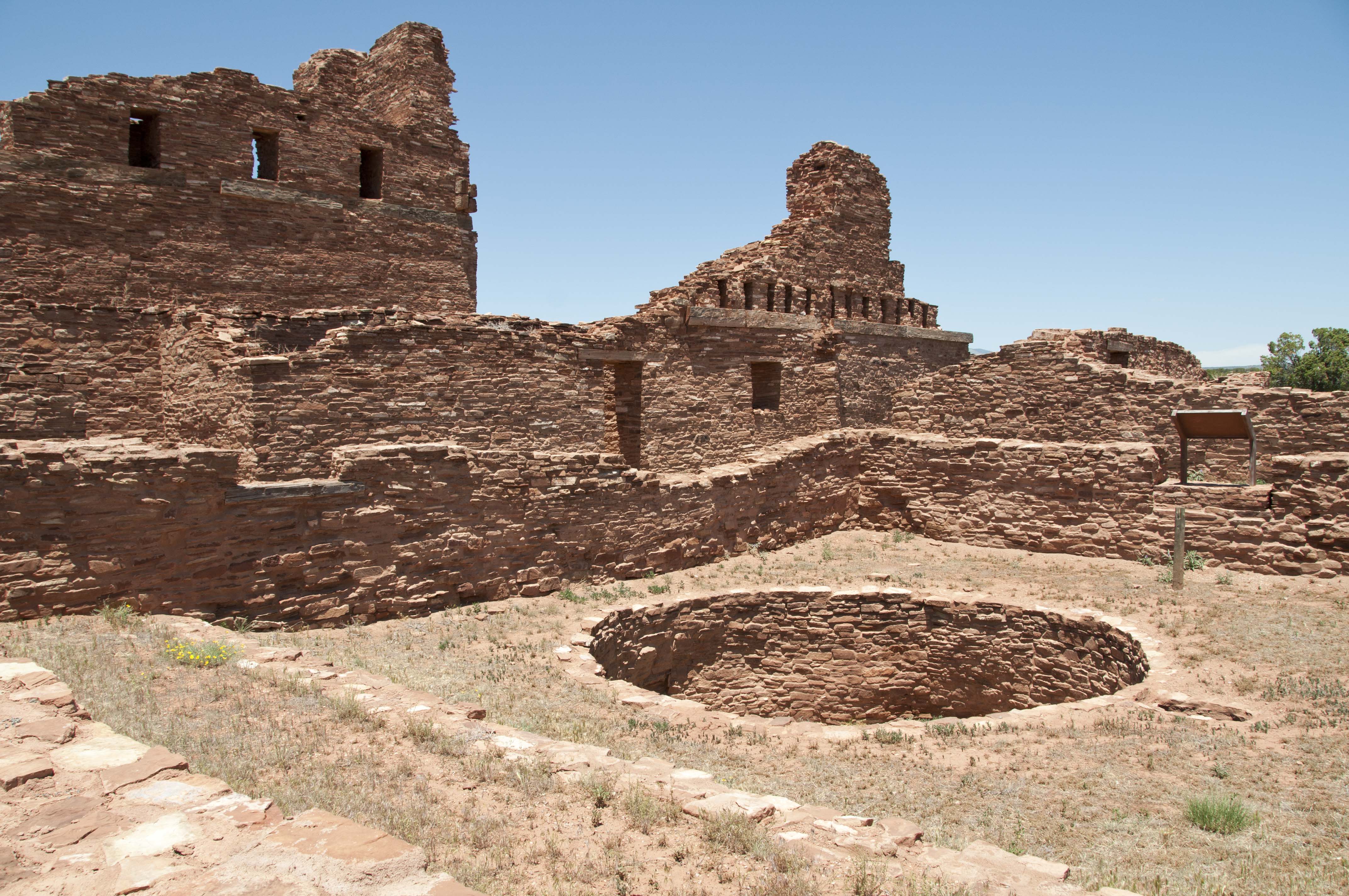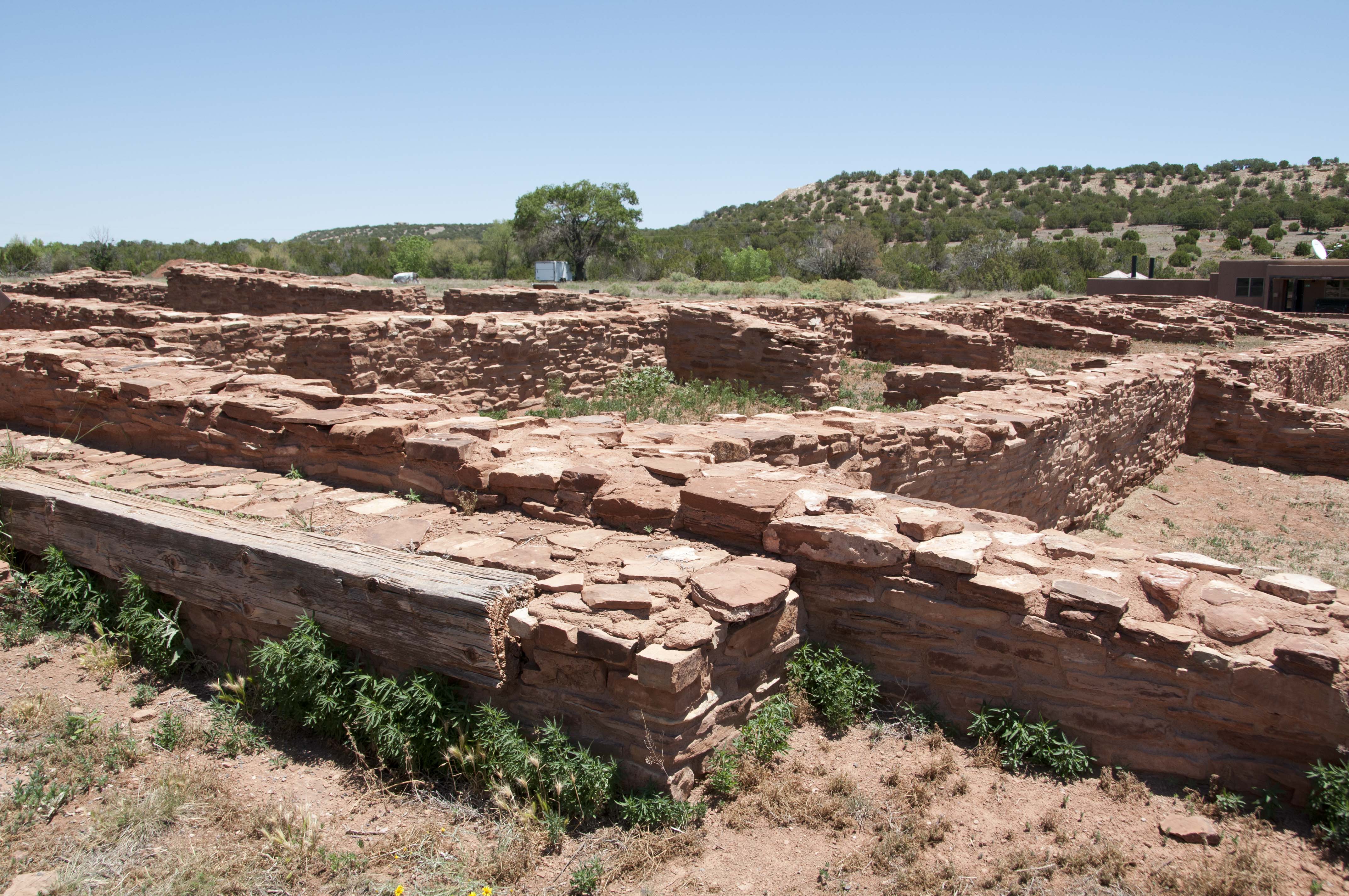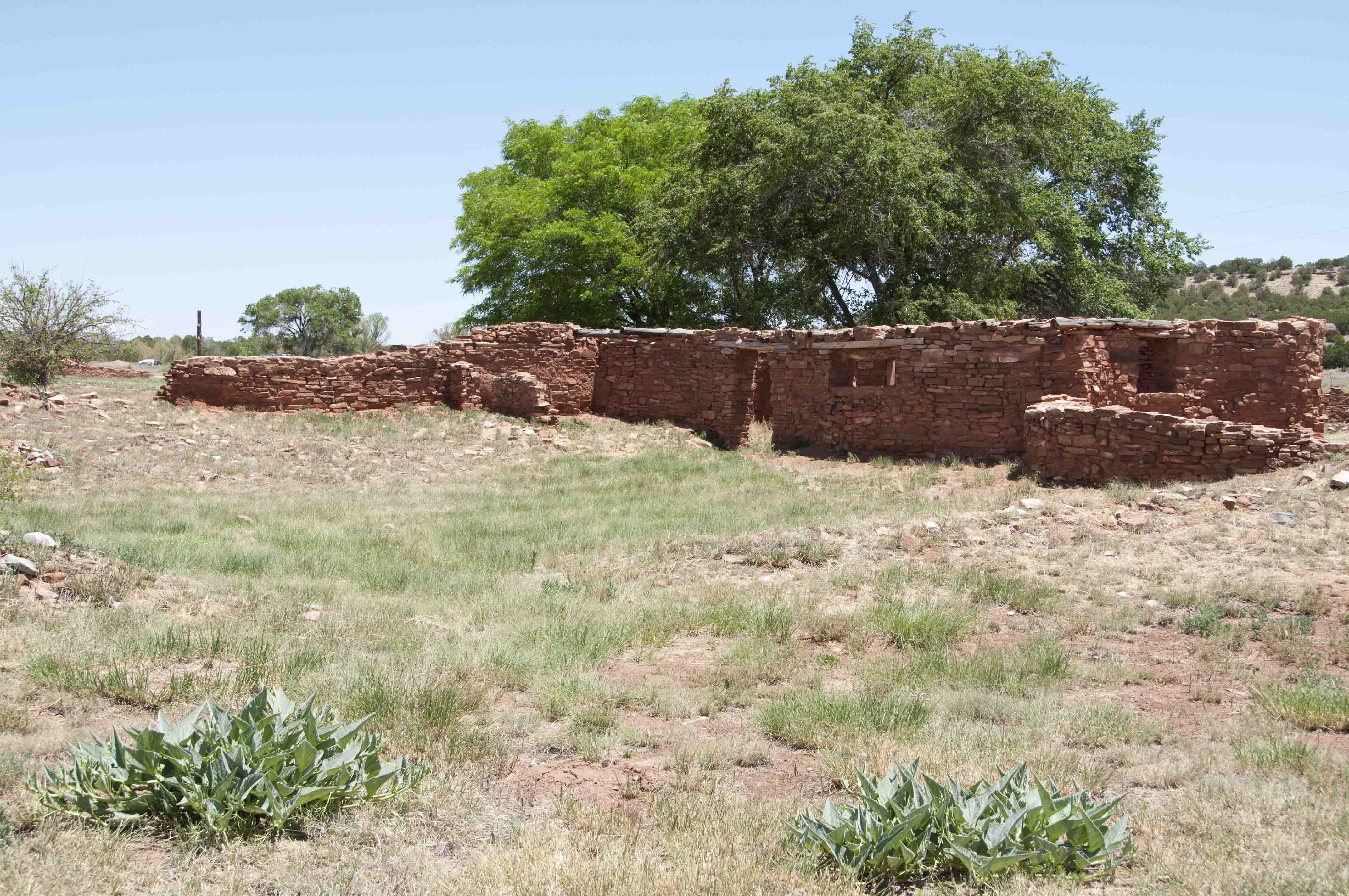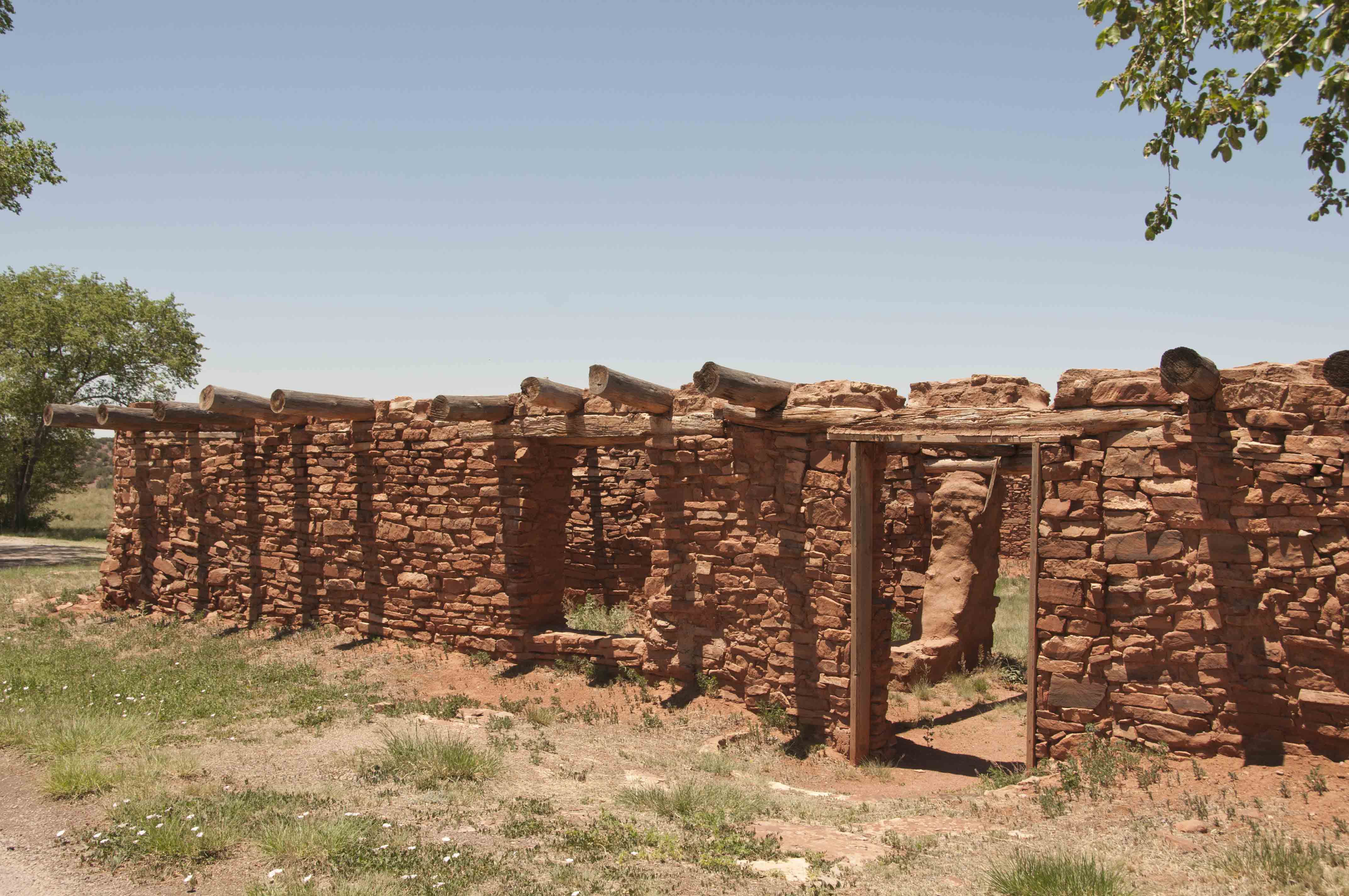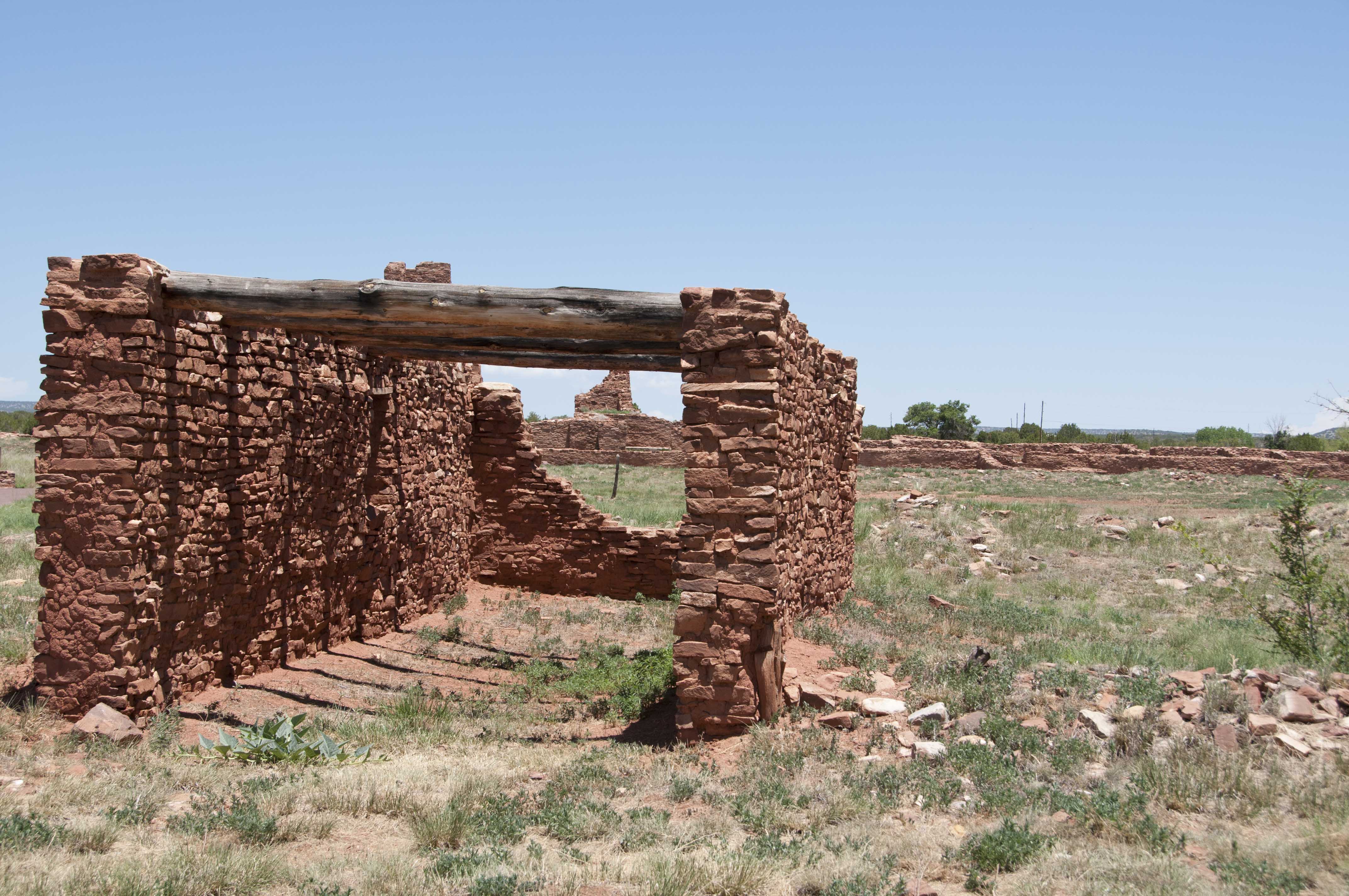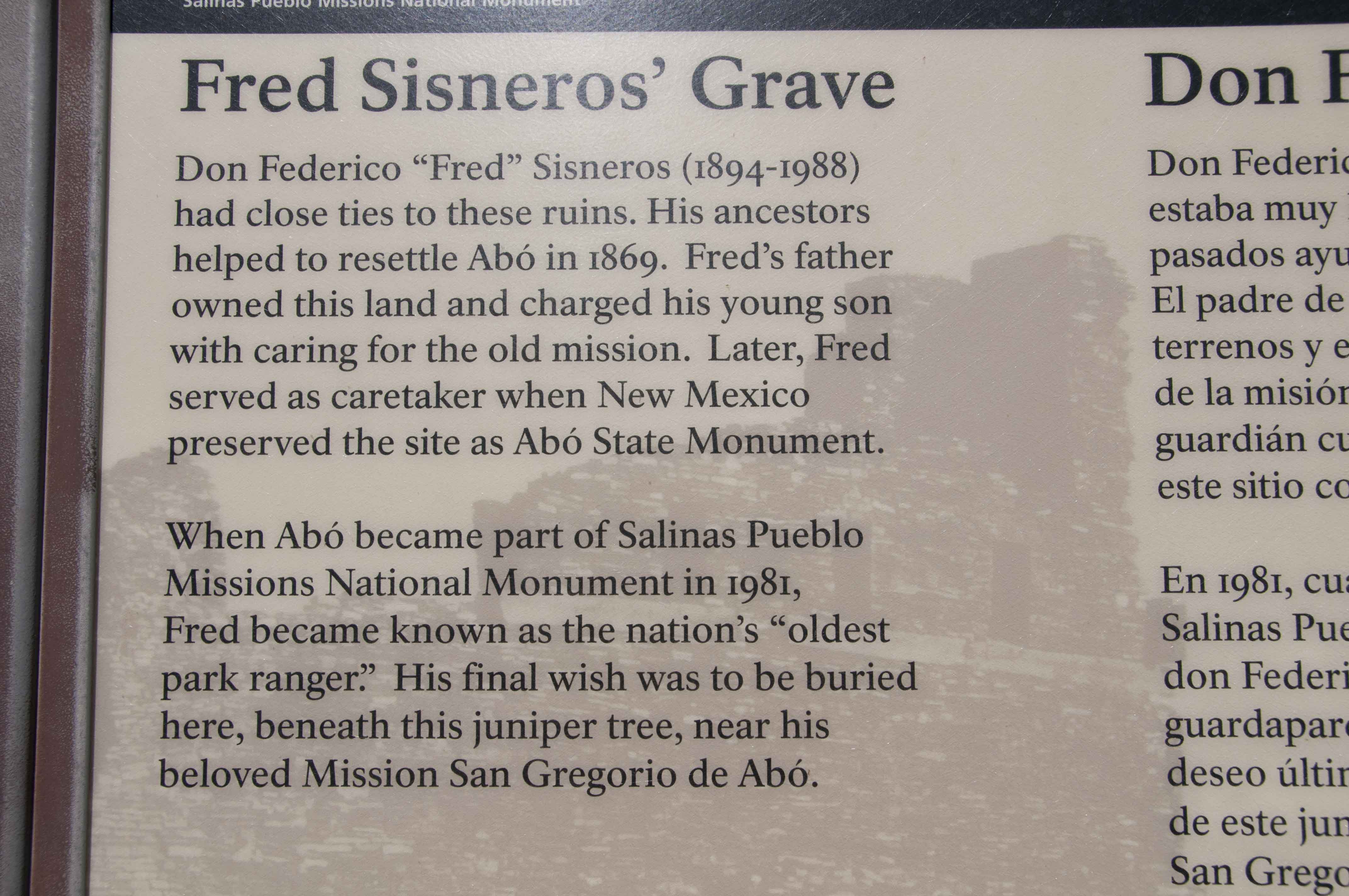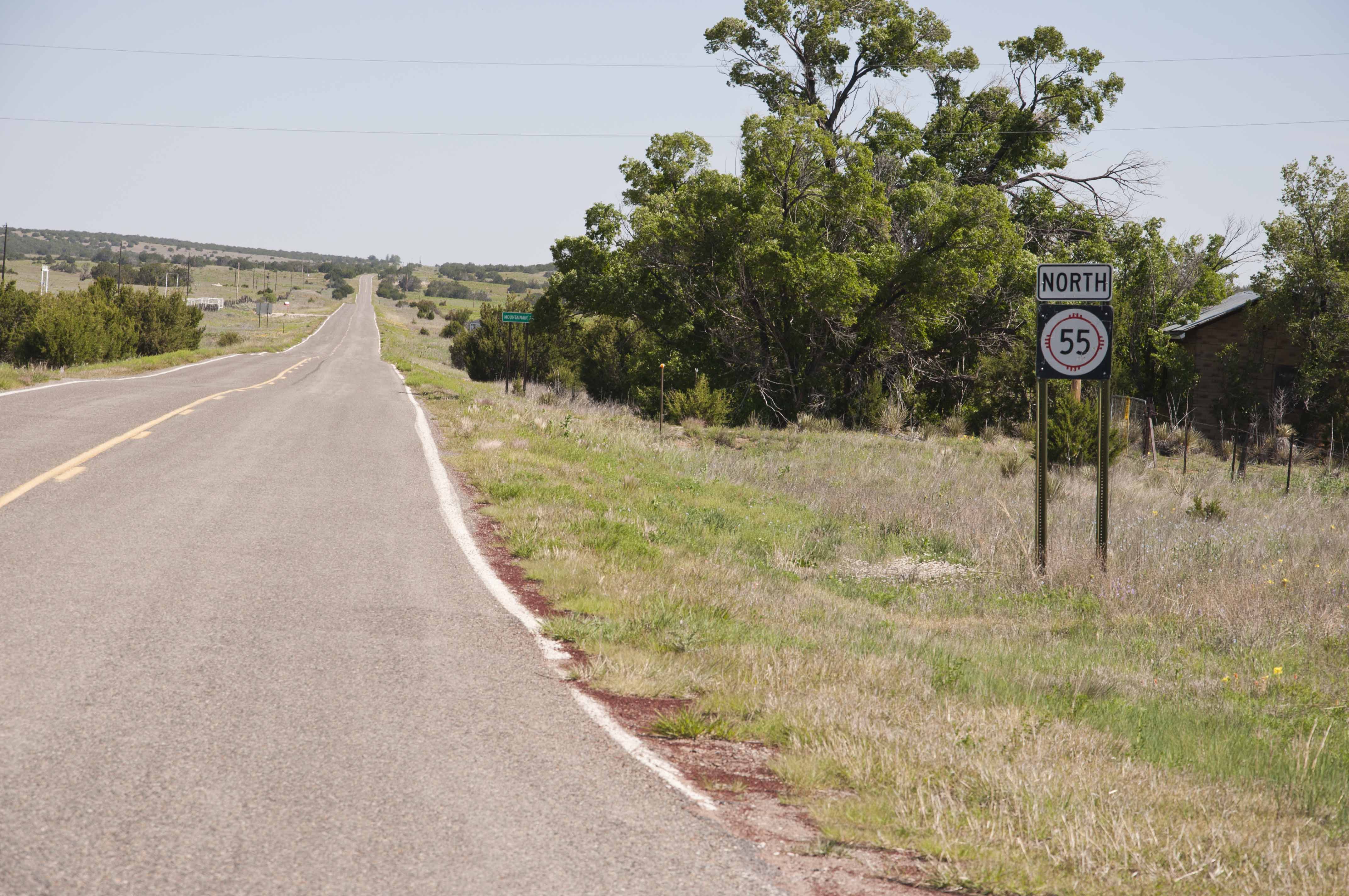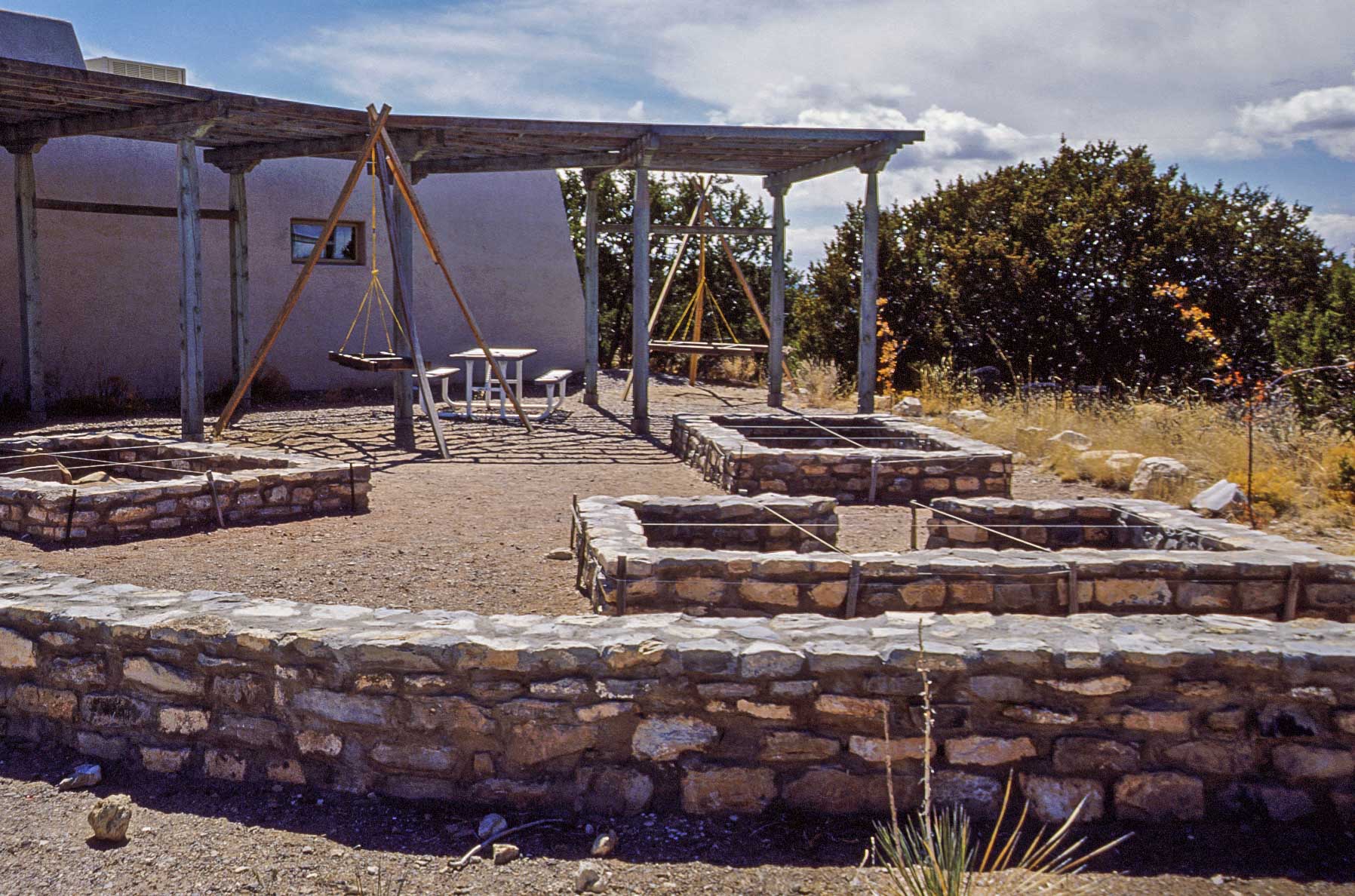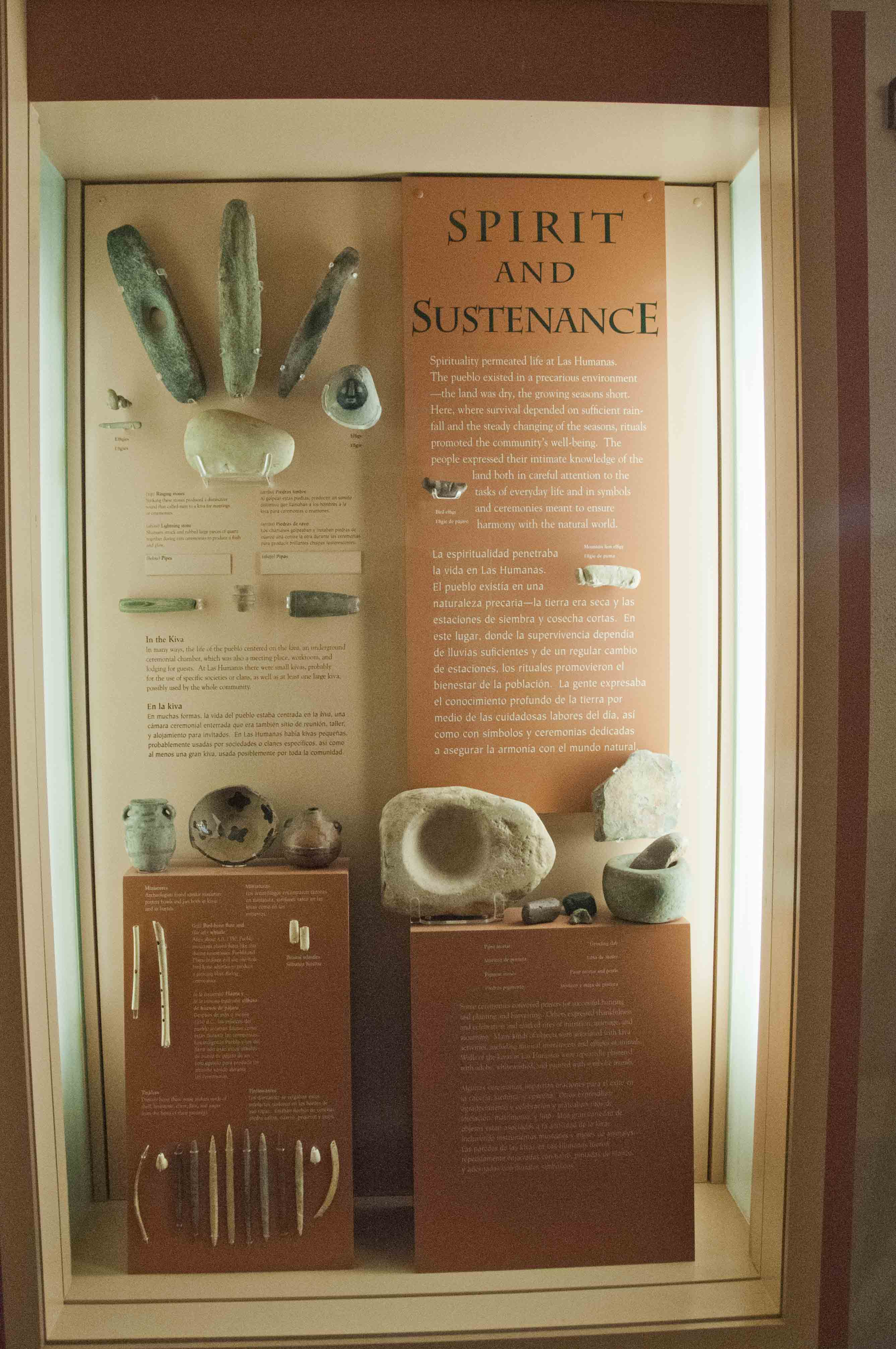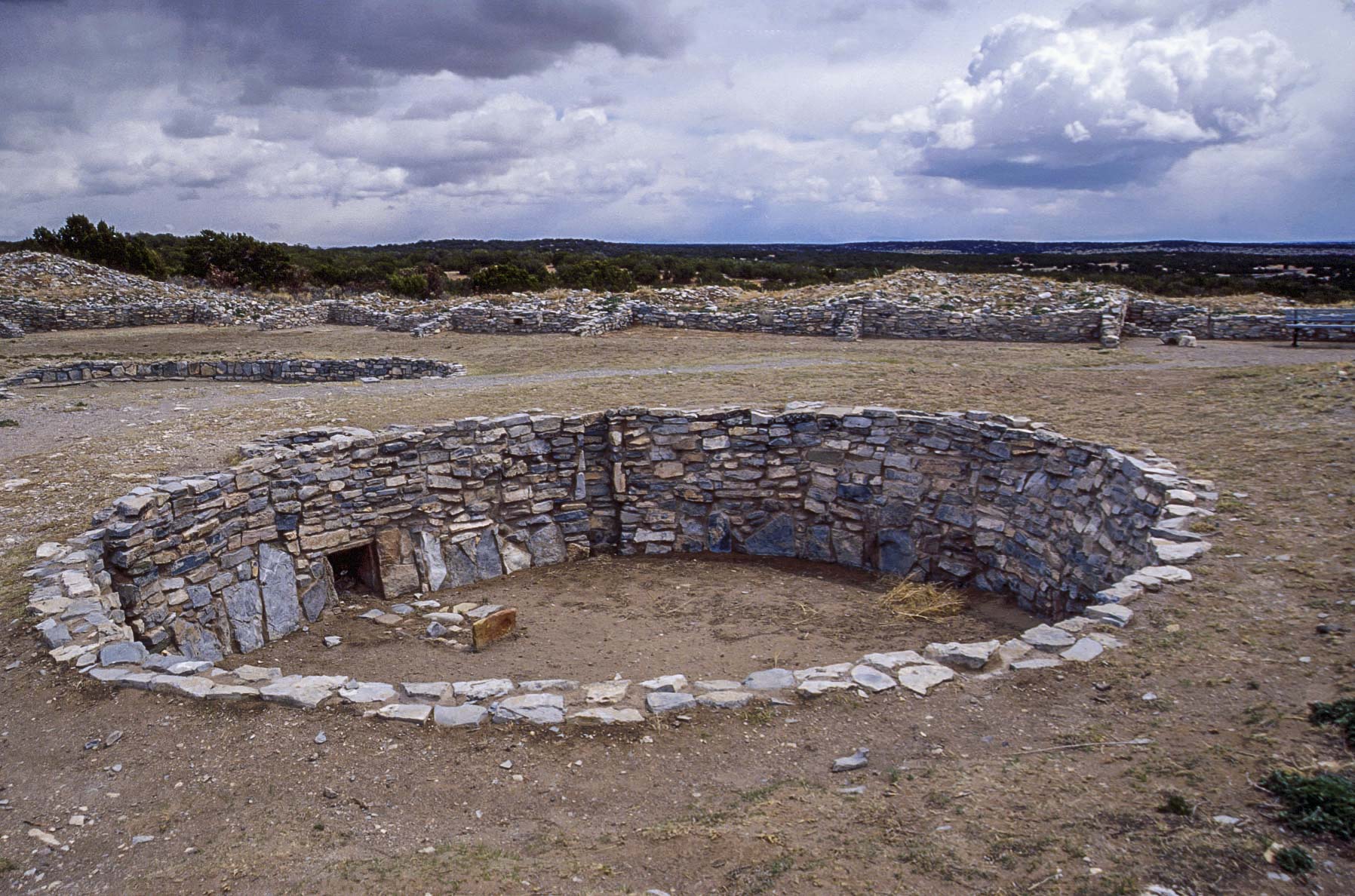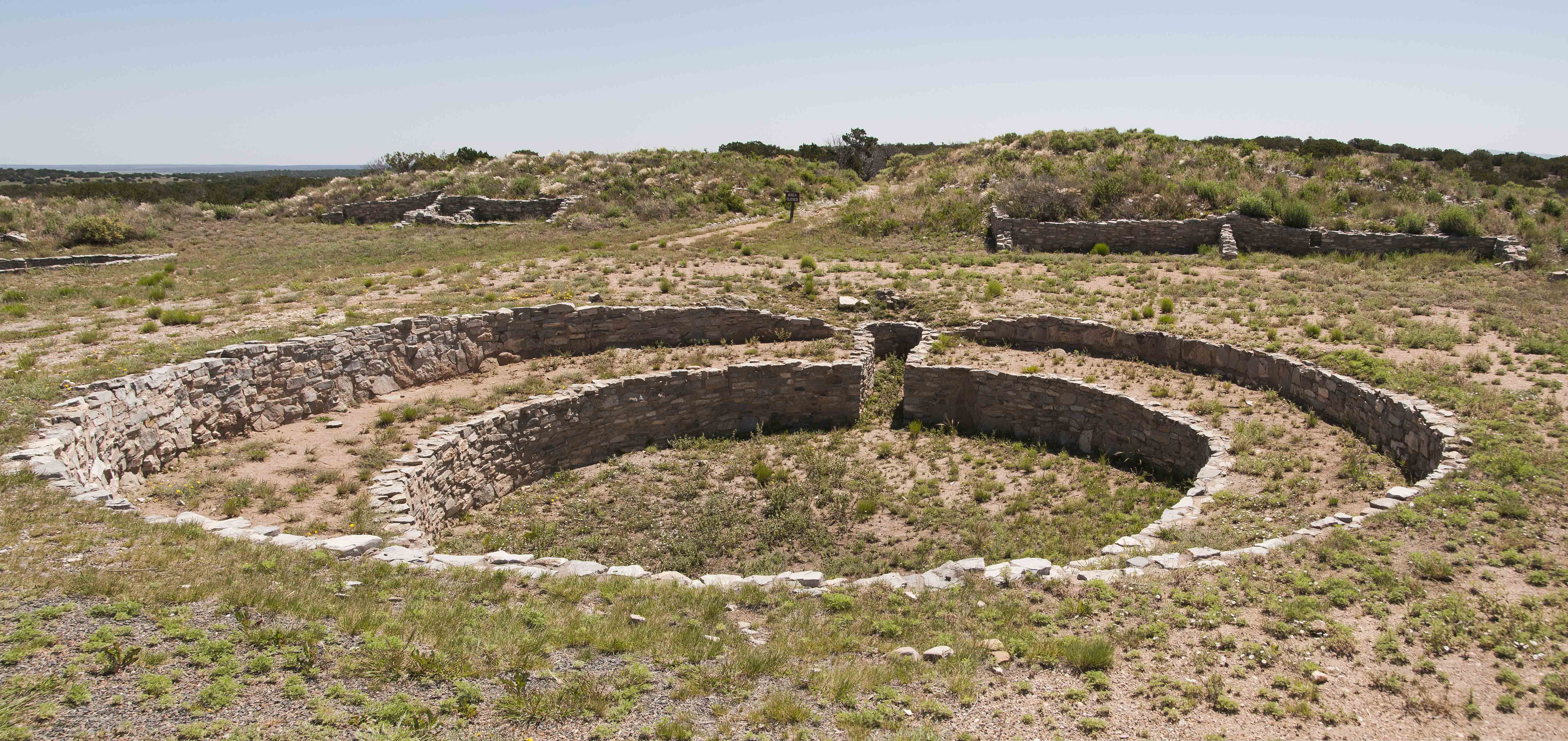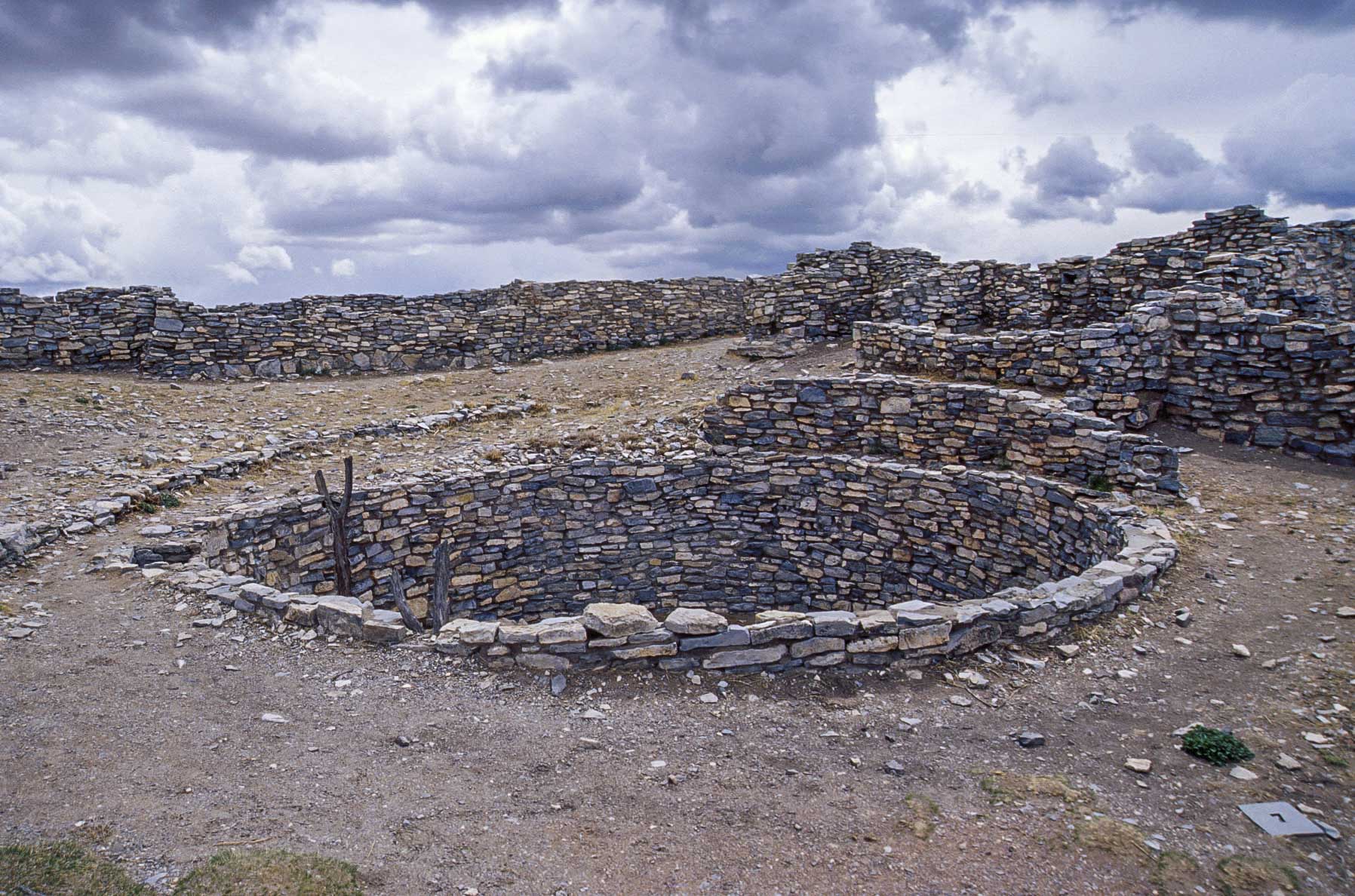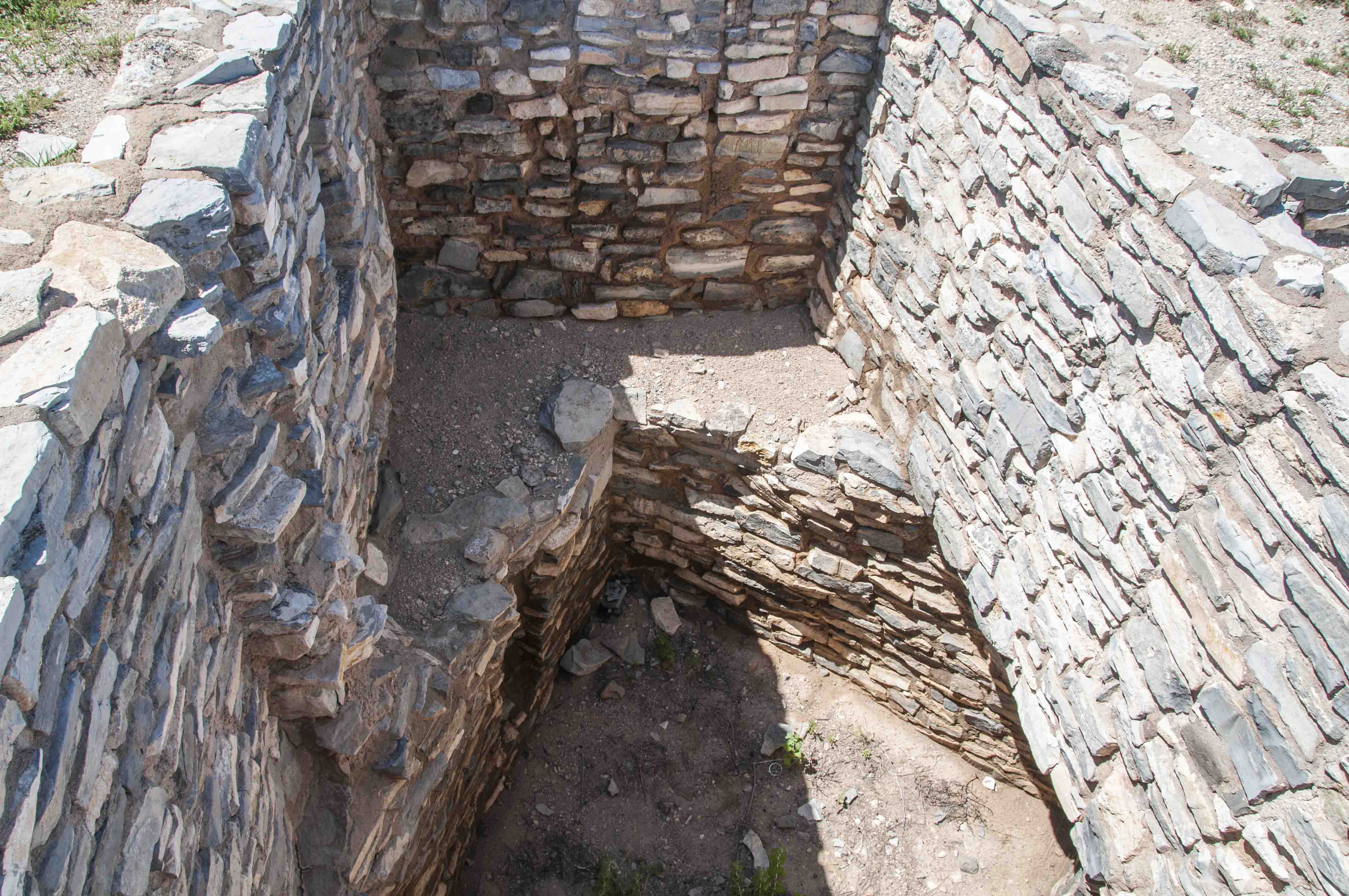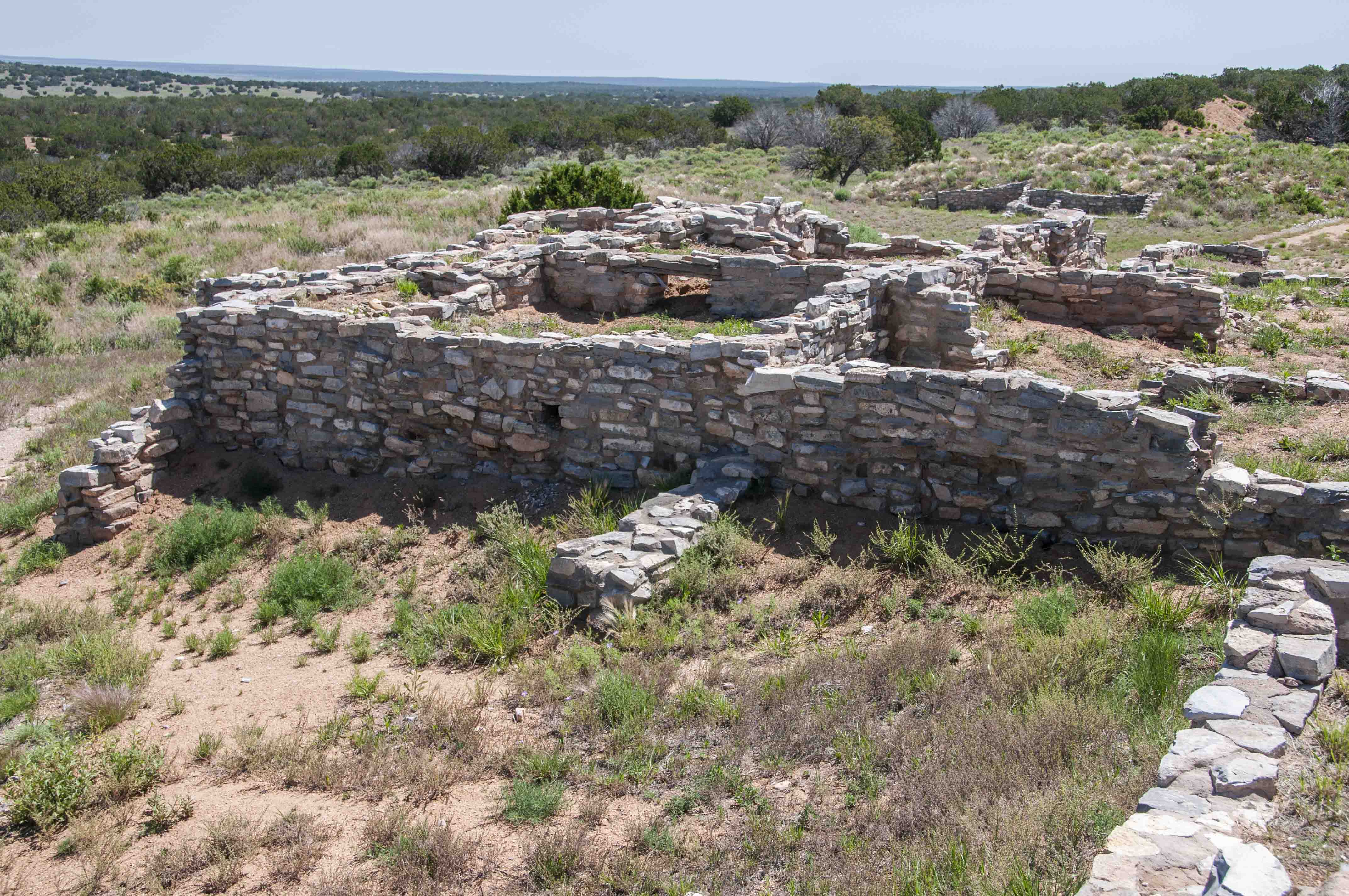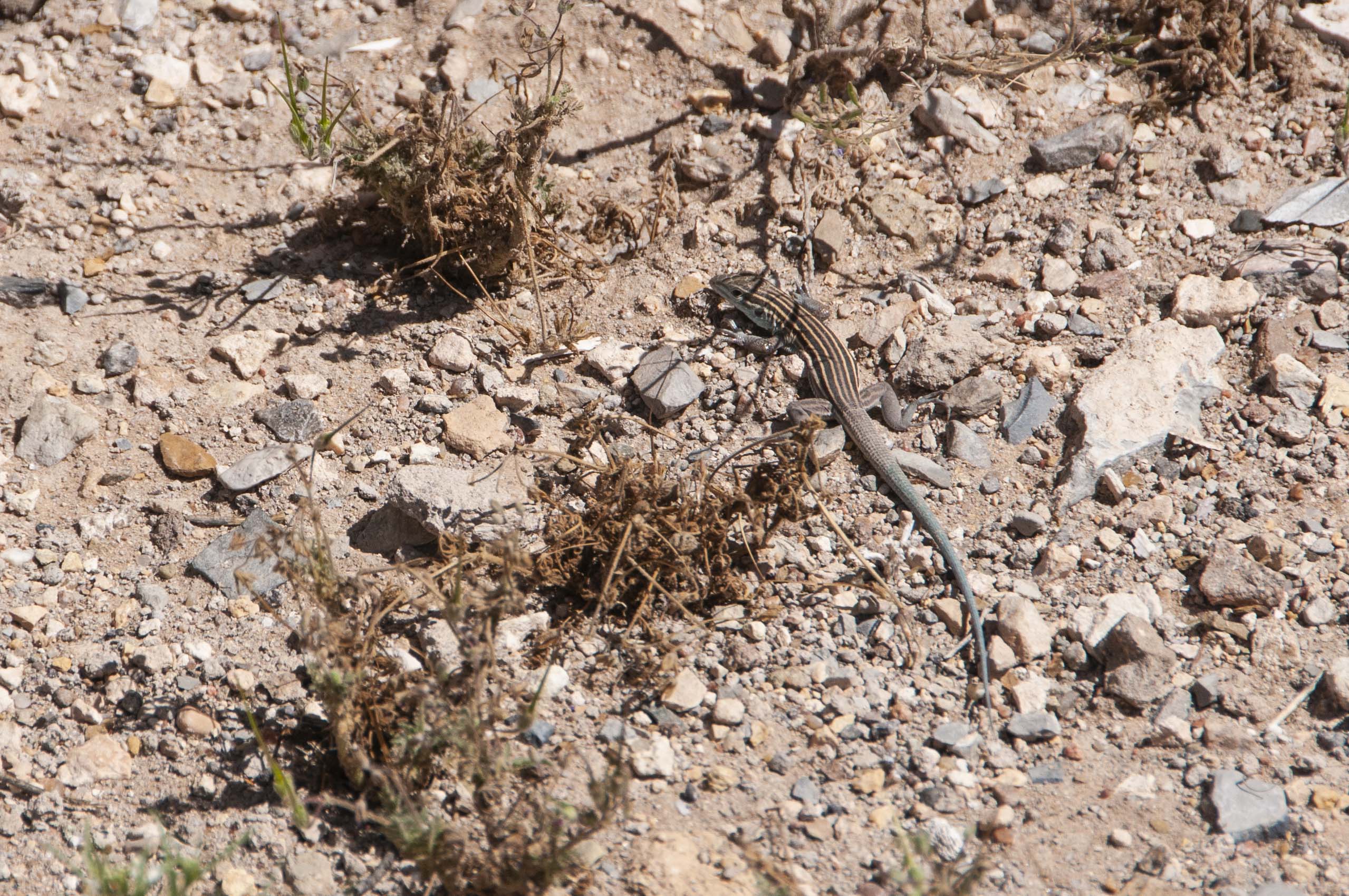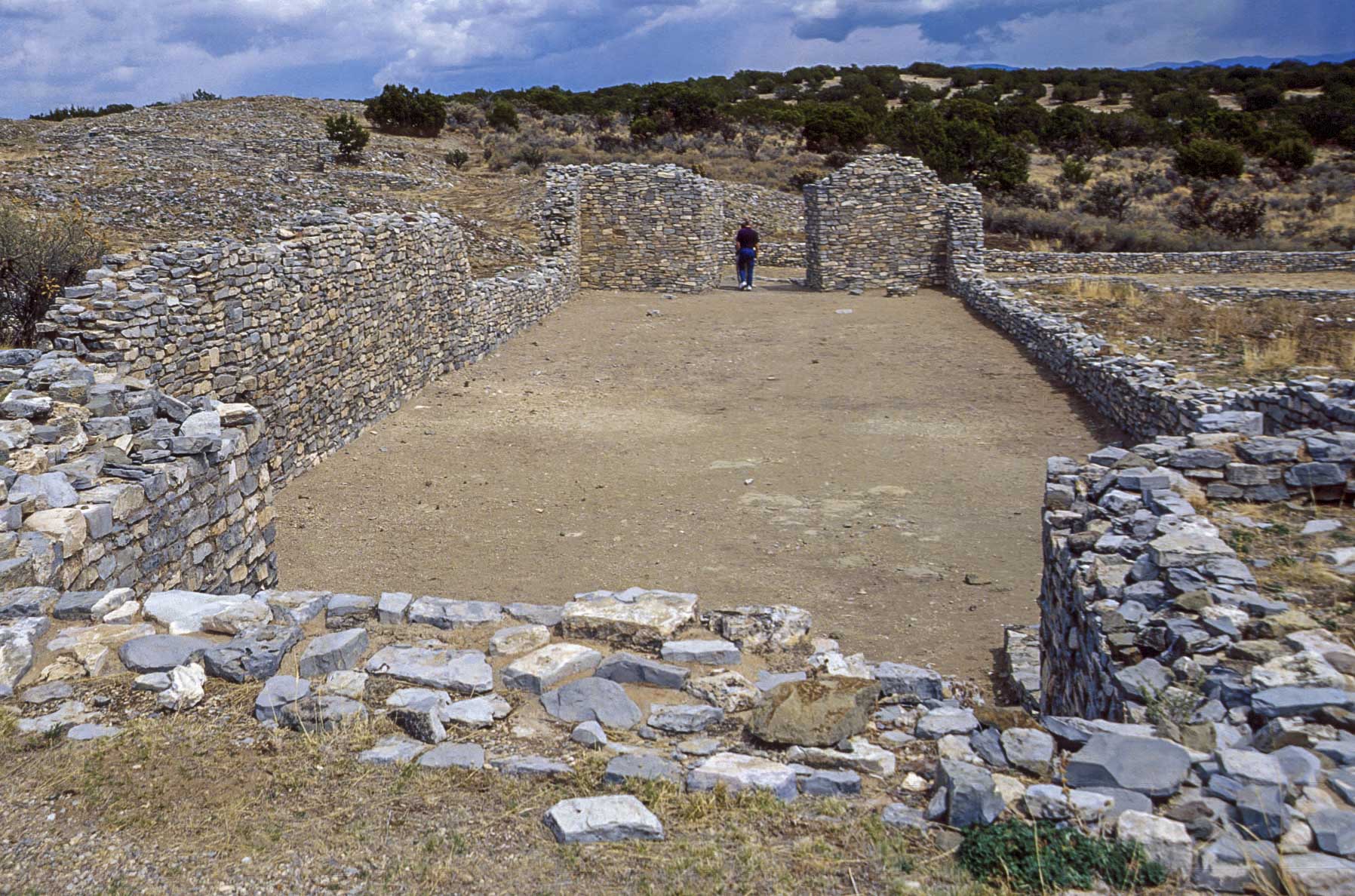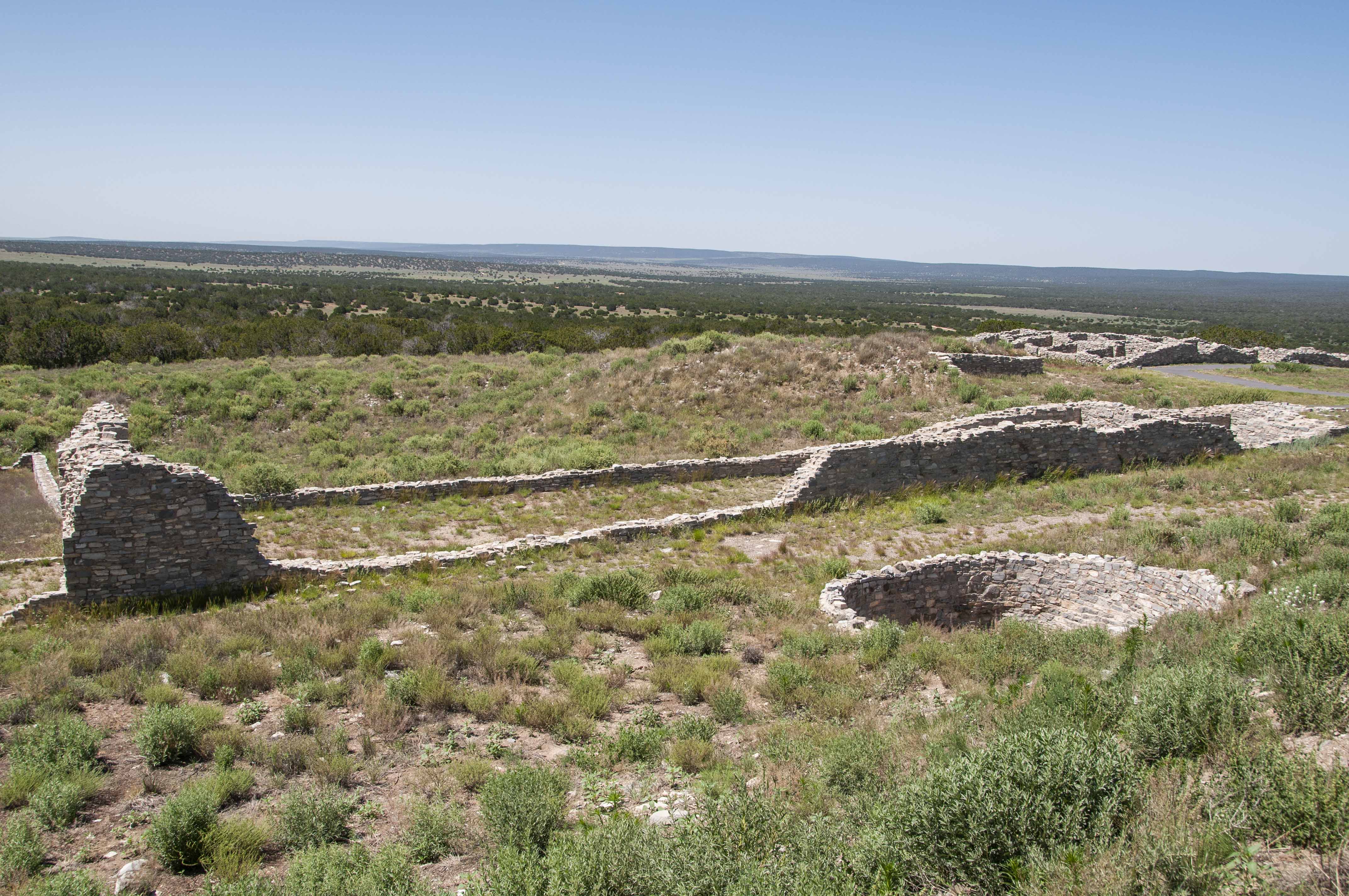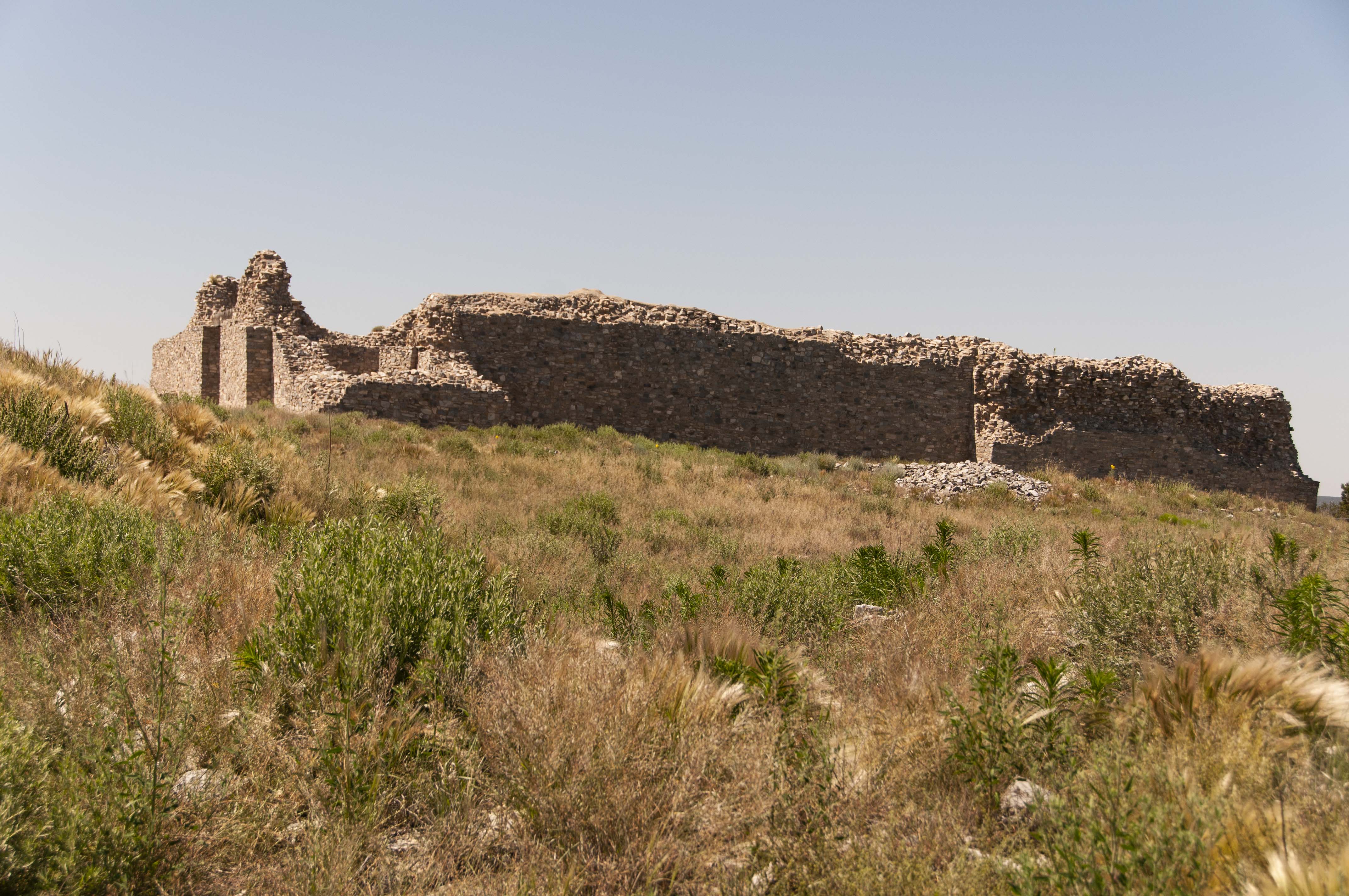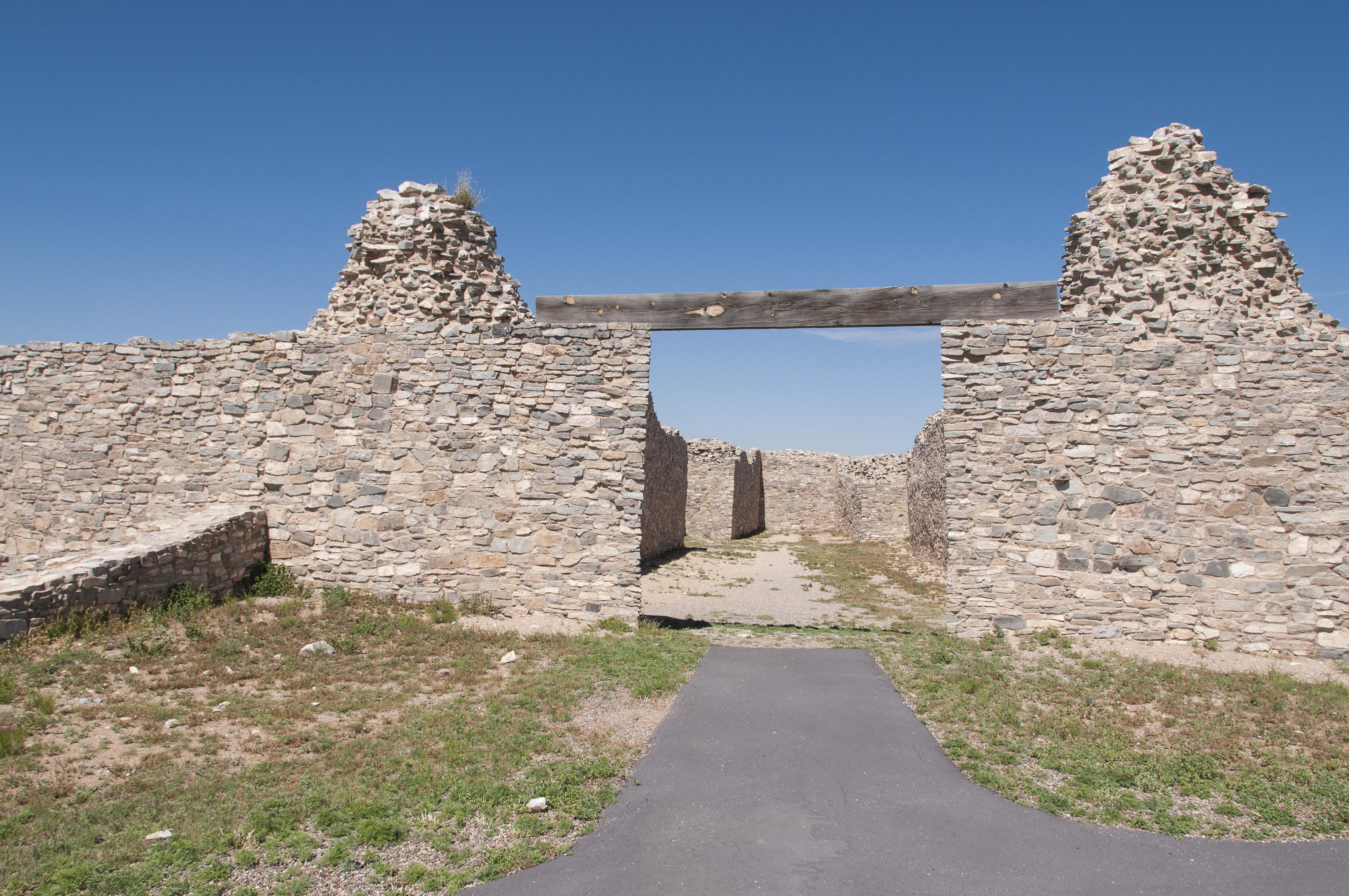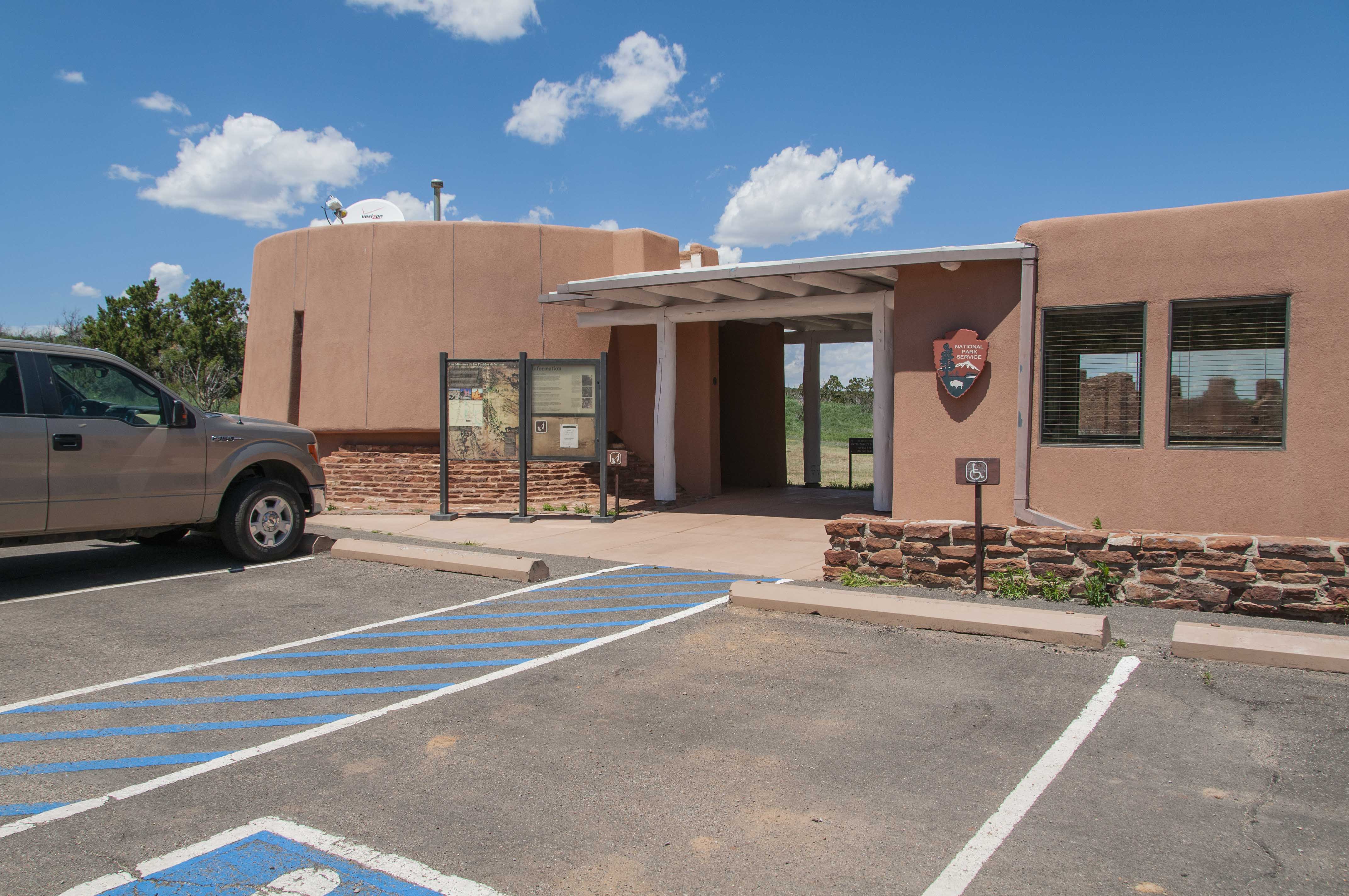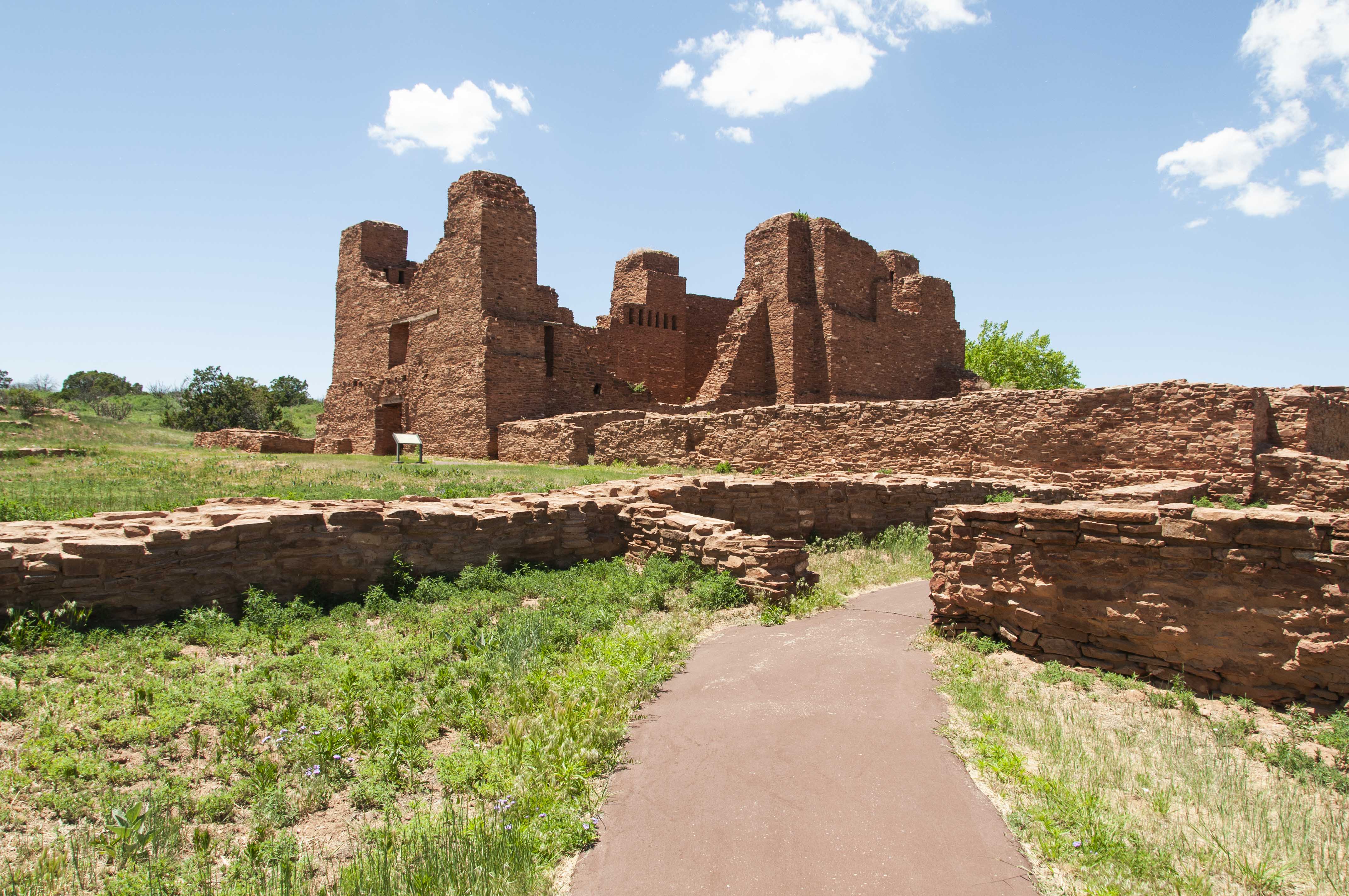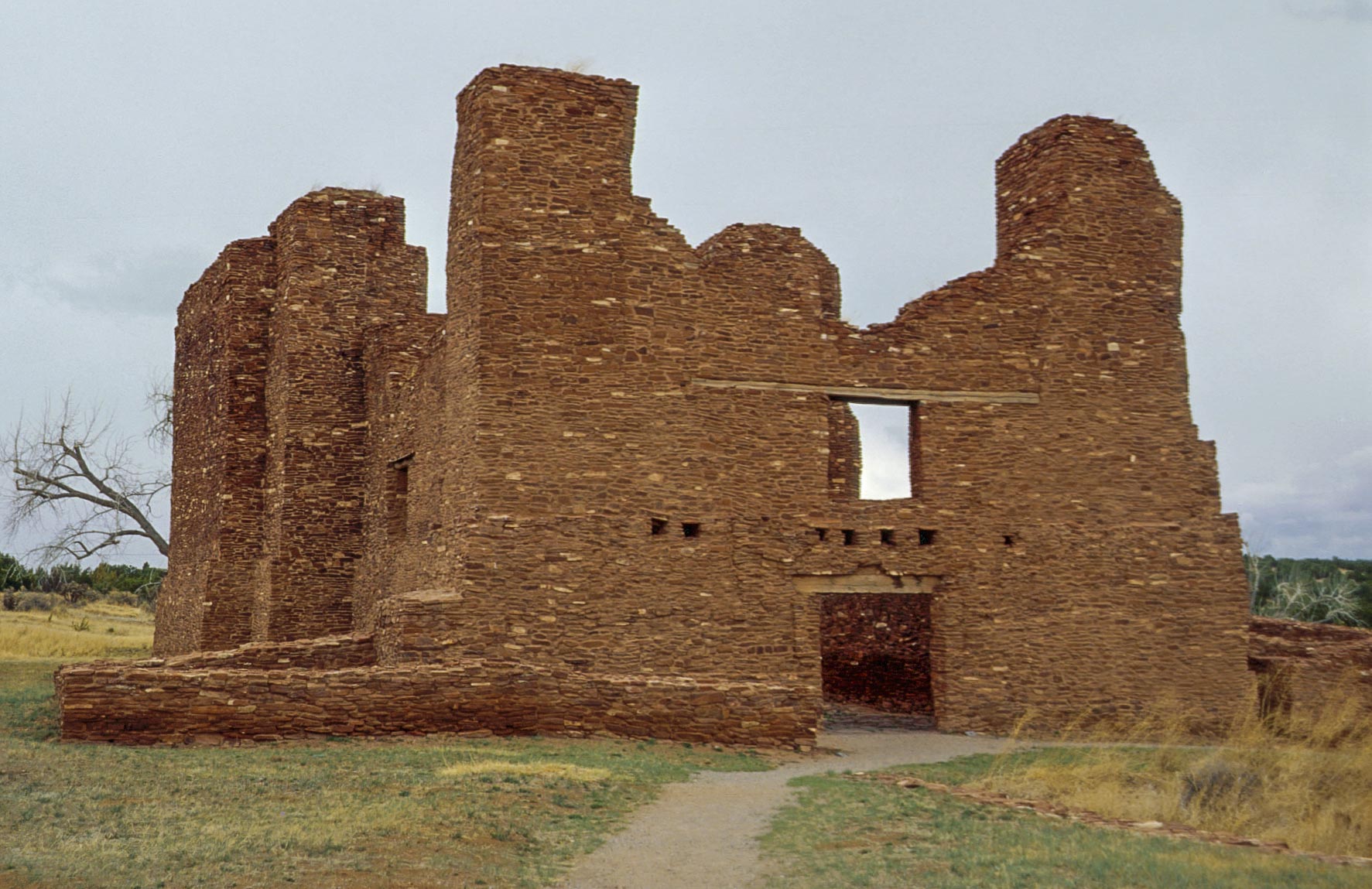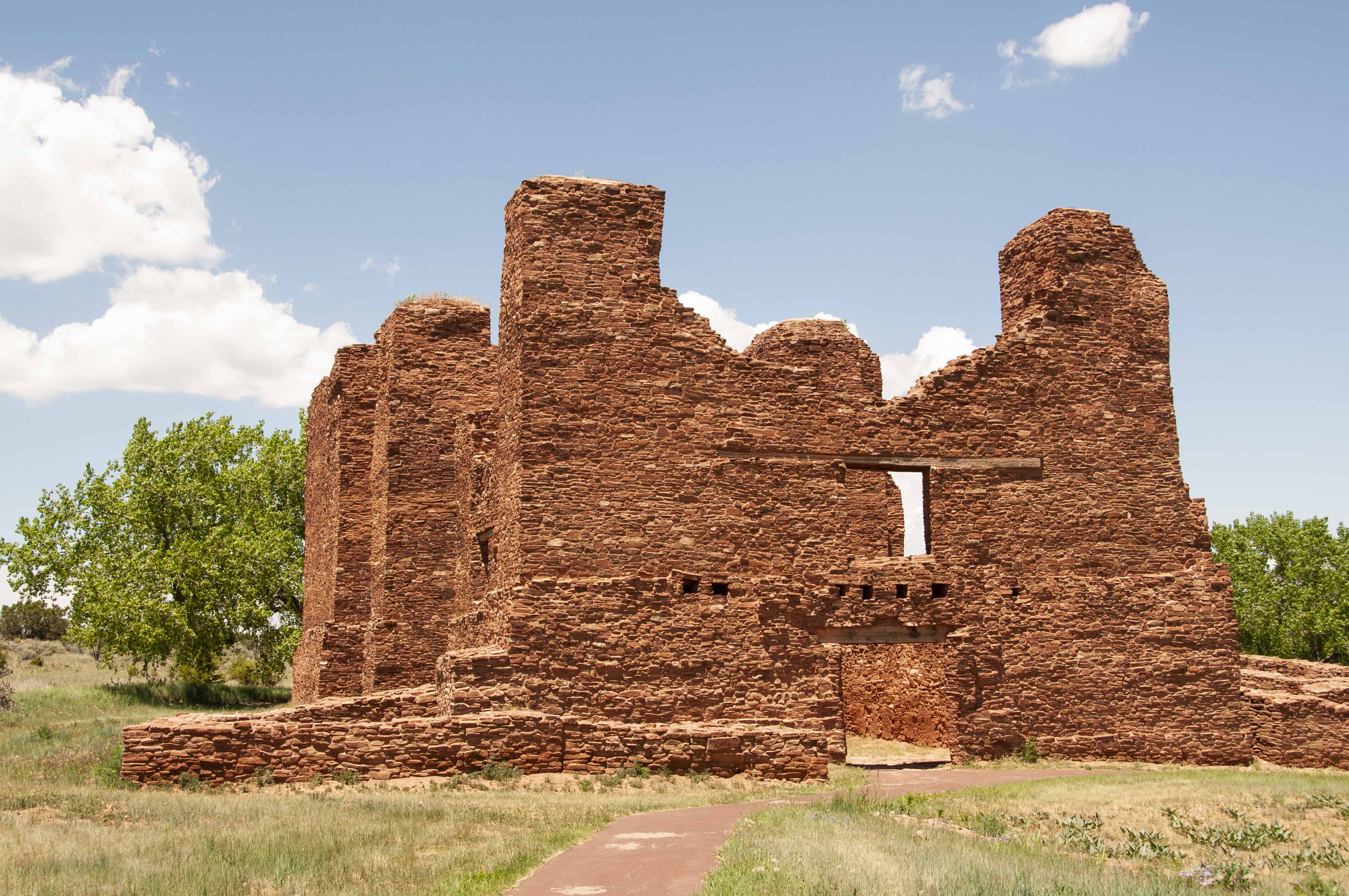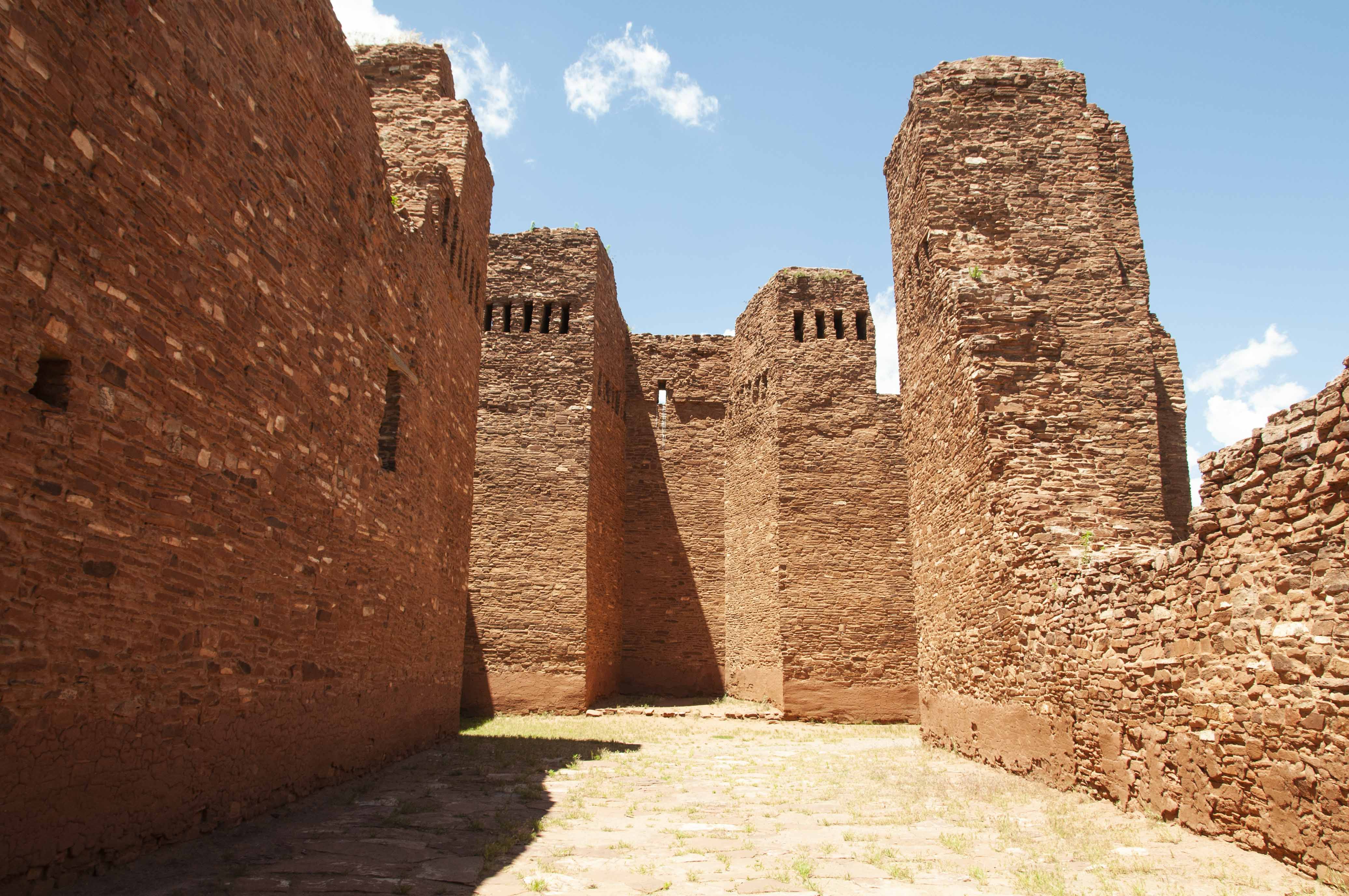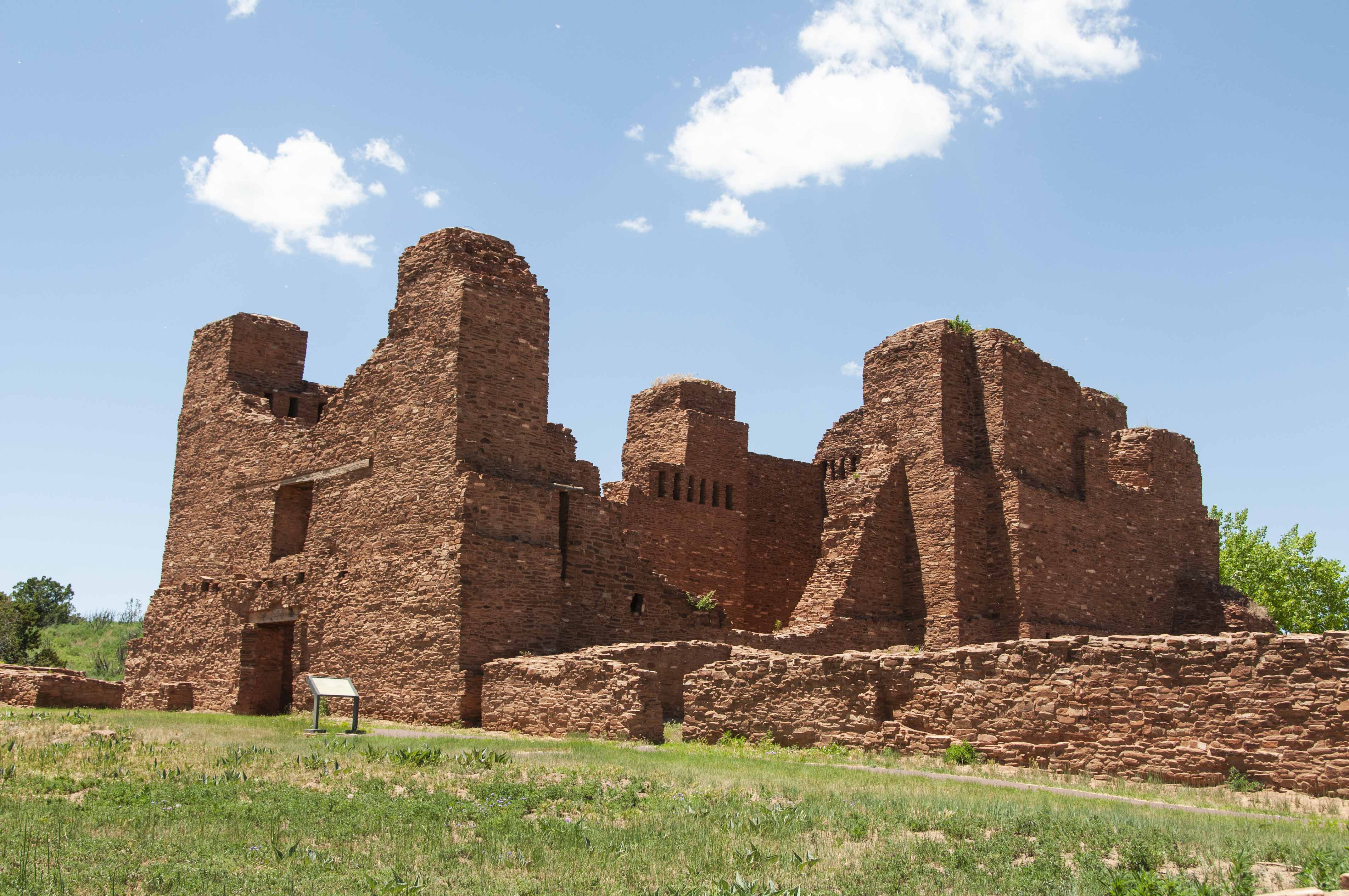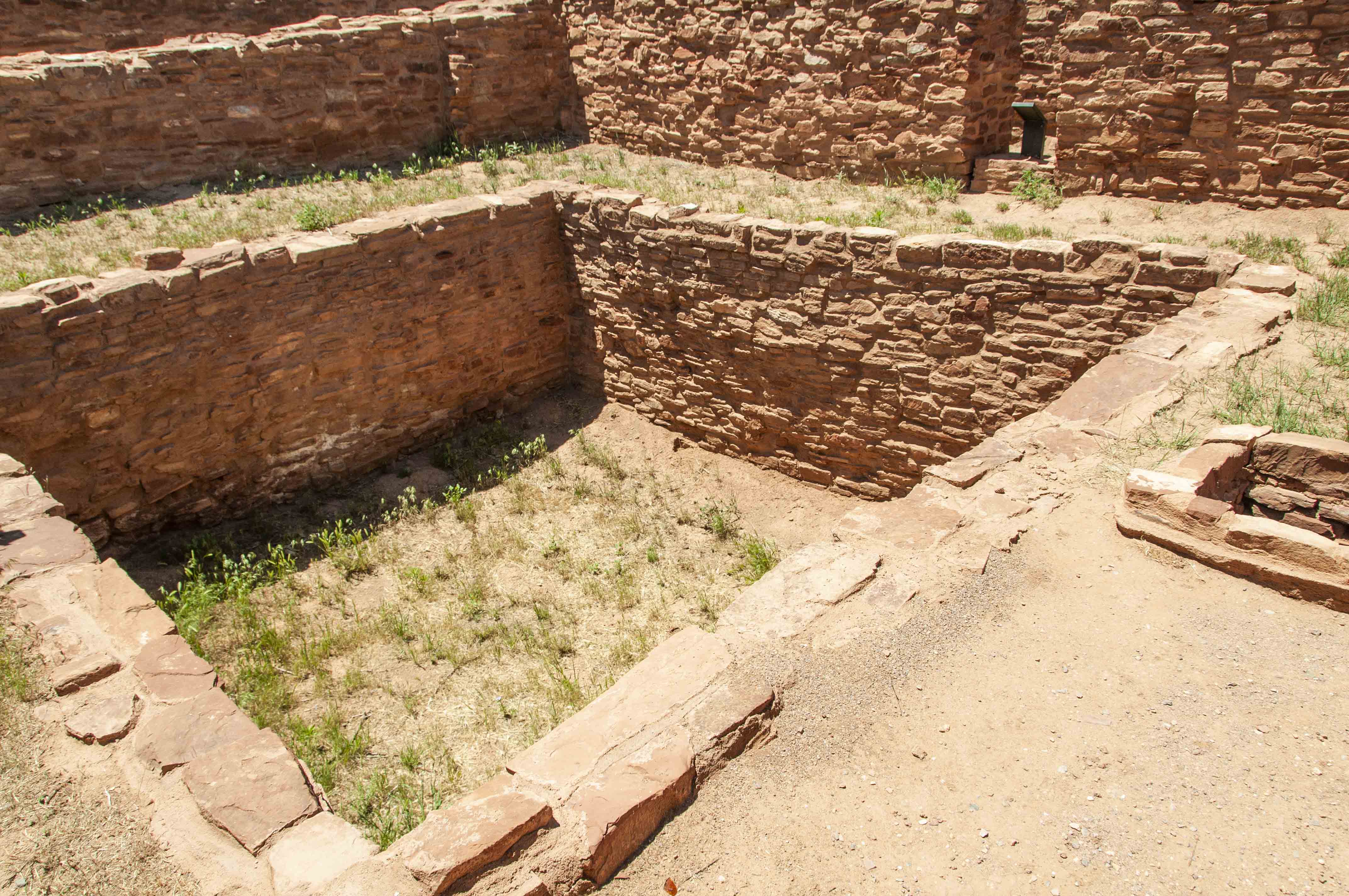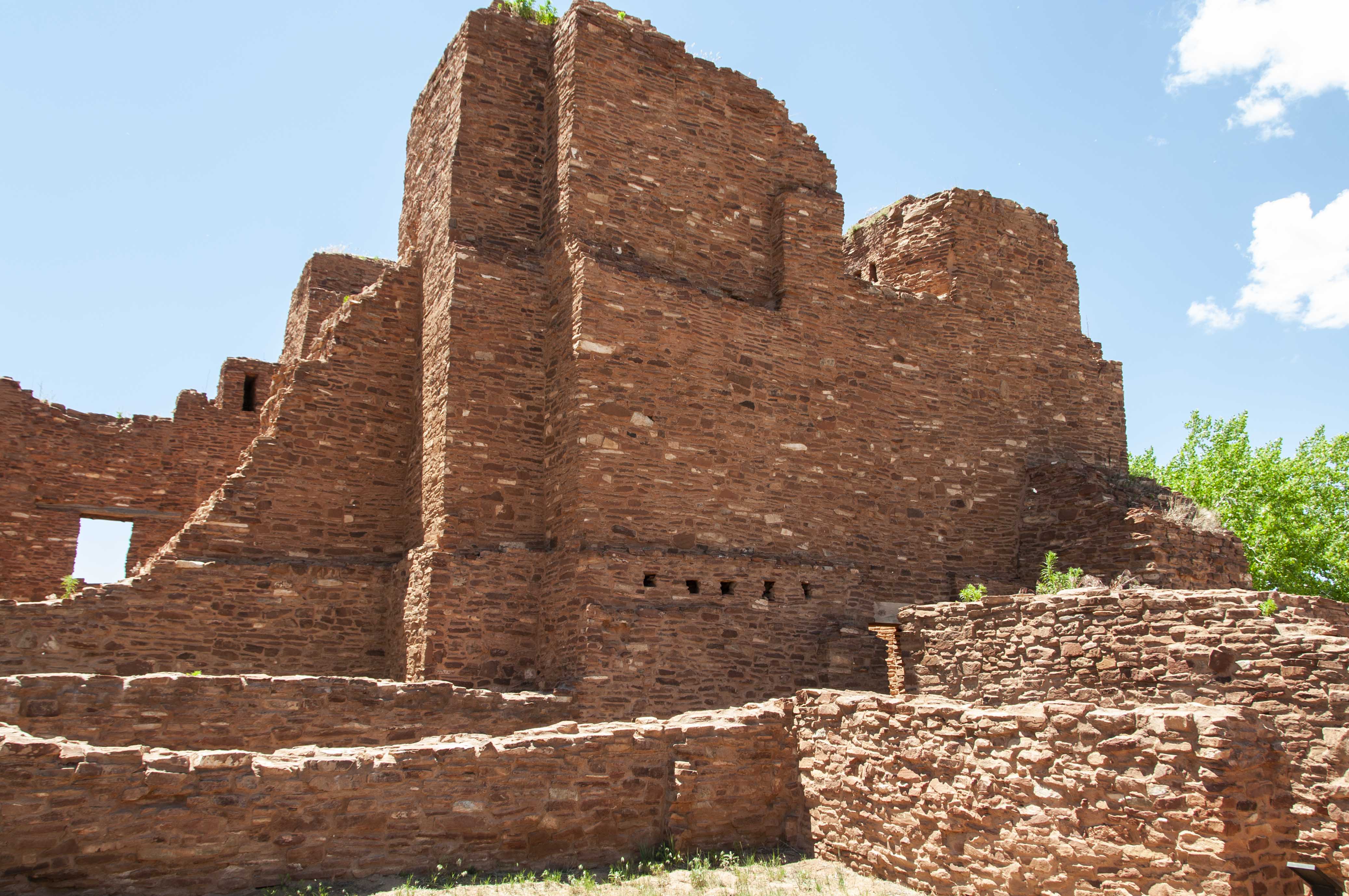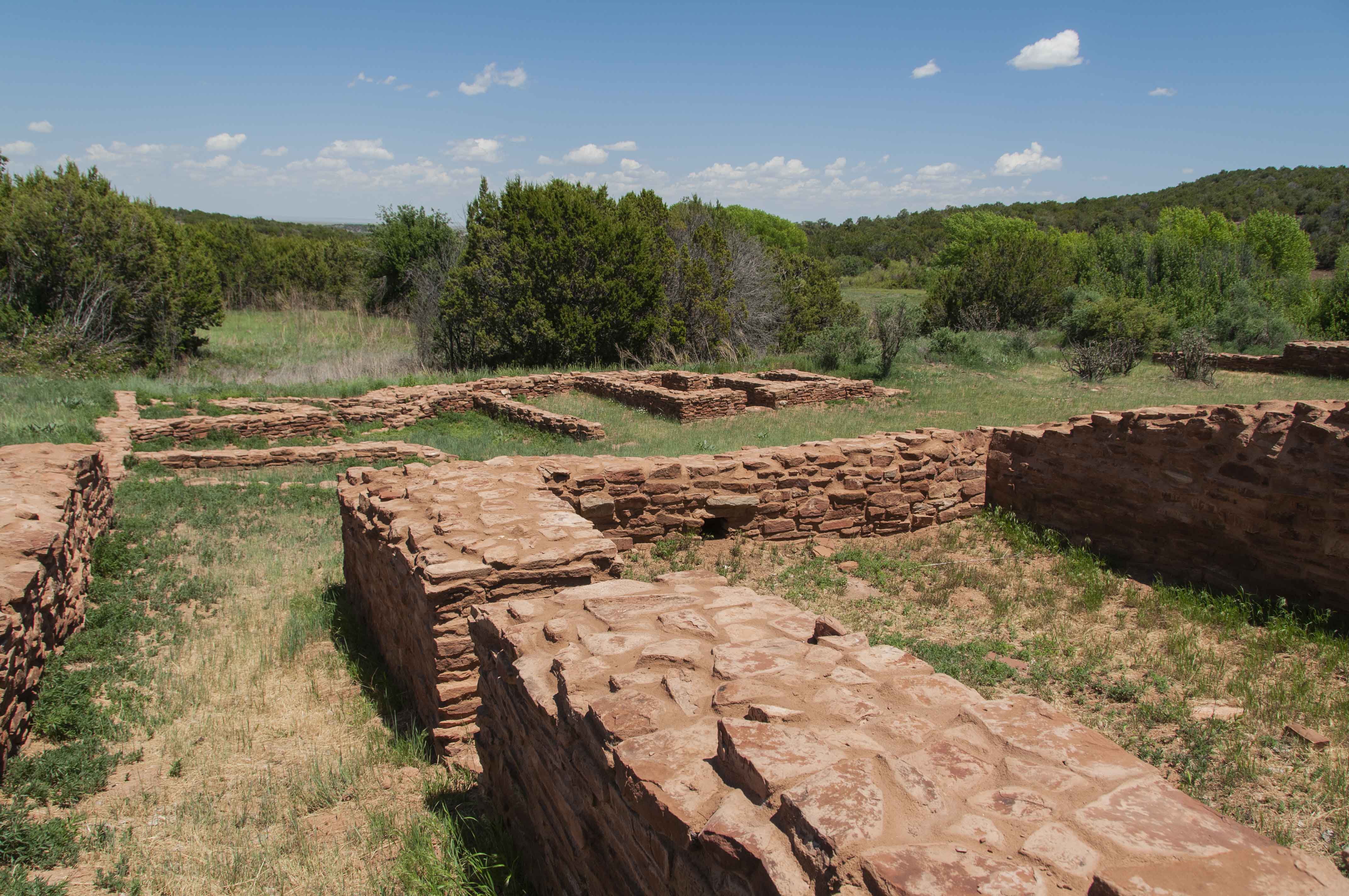Salinas Pueblo Missions National Monument
Salinas Pueblo Missions National Monument located in New Mexico includes the ruins of three Spanish missions at Quarai, Abó, and Gran Quivira, and the partially excavated Gran Quivira Pueblo (originally known as Las Humanas). The main park visitor center is in Mountainair, New Mexico. The area was inhabited by ancestral puebloans as early as A.D.1300, and construction of the missions began in 1622 and finished in 1635. The entire area was abandoned by both Indians and Spaniards by the late 1670s due to a combination of drought, depletion of resources, and apache raiding. Gran Quivira was proclaimed Gran Quivira National Monument on November 1, 1909. The other two mission ruins were added in 1981 and the park renamed Salinas Pueblo Missions National Monument. I lived not far from Salinas Pueblos and visited in 2010 and again in 2016.
Abó Ruins
The Abó Ruins unit of Salinas Pueblo Missions National Monument is located 14 miles southwest
of Mountainair along US Hwy 60. It contains several unexcavated pueblo mounds in addition to
Abó mission (Mission of San Gregorio de Abó). An early Abó Church and Convento were built starting in 1623 and finished in 1628.
The convento contained a circular kiva which was kind of odd considering the Spanish missionaries
were trying hard to convert the puebloans to Catholicism. The church and convento were enlarged
and renovated beginning in 1640 and completed in 1658. Disease, drought, famine and apache
depredations led to the abandonment of Abó in 1673.
Spanish sheep herders attempted to resettle
Abó in 1815 but were expelled by the Apaches in 1830. Some of the structures left by the sheep herders are
located a little to the east and south of Abó mission.
The Sisneros family resettled in Abó in the late 1860s and Don Federico "Fred" Sisneros' father owned the land
on which Abó mission stands. Fred became caretaker of the mission when it became a New Mexico state park, and
later became park ranger when Abó was incorporated into Salinas Pueblo Missions National Monument. His dying
wish was to be buried near his beloved mission, and so he was.
Abó church, convento, and visitor center
(no audio)
Gran Quivira
Gran Quivira is the largest and southernmost of the three mission units in Salinas Pueblo
Missions National Monument. Gran Quivira consists of multiple pueblos and kivas, in addition the the two
Spanish missions built there. Mound 7, a 200+ room structure from the Pueblo IV period (A.D. 1300-1600),
is the largest and only fully excavated pueblo at the site. During the excavation, an older
Circular Pueblo was discovered under Mound 7. A room from this older pueblo can be seen under room 98
of Mound 7 in the photo below. Gran Quivira is built from large, gray limestone blocks, unlike the
reddish-orange sandstone used at the other sites.
Don Juan de Oñate visited the pueblo in 1598 and named it Las Humanas (now Gran Quivira). In 1626
construction began on the first permanent Spanish mission at Gran Quivira. A room block known as
Letrado's Convento was constructed at the west end of Mound 7. Construction on Inglesia de
San Isidro mission was completed in 1635. Soon after, construction on a new larger church,
San Buenaventura, began but was never finished. Drought, famine, and Apache raiding led
to the abandonment of Gran Quivira by 1672.
Gran Quivira Ruins
Gran Quivira Ruins
Inglesia de San Isidro church with
attached campo santo (no audio)
Gran Quivira Ruins
(no audio - too windy)
Quarai
Quarai Ruins consists of a Spanish mission complex named Nuestra Senora de la Purisima Concepcion de Quarai.
The most impressive part of the ruins is the mission church, made of reddish-orange sandstone and standing
some 40 feet tall. The mission also contains an unusual square kiva. Quarai is the northernmost and smallest
of the Salinas Pueblo missions.
Quarai Ruins
Mission church
Background content provided by the National Park Service and Wikipedia.
Use the form on the Home Page to submit comments, questions, or suggestions. TD Productions Copyright © 2019


